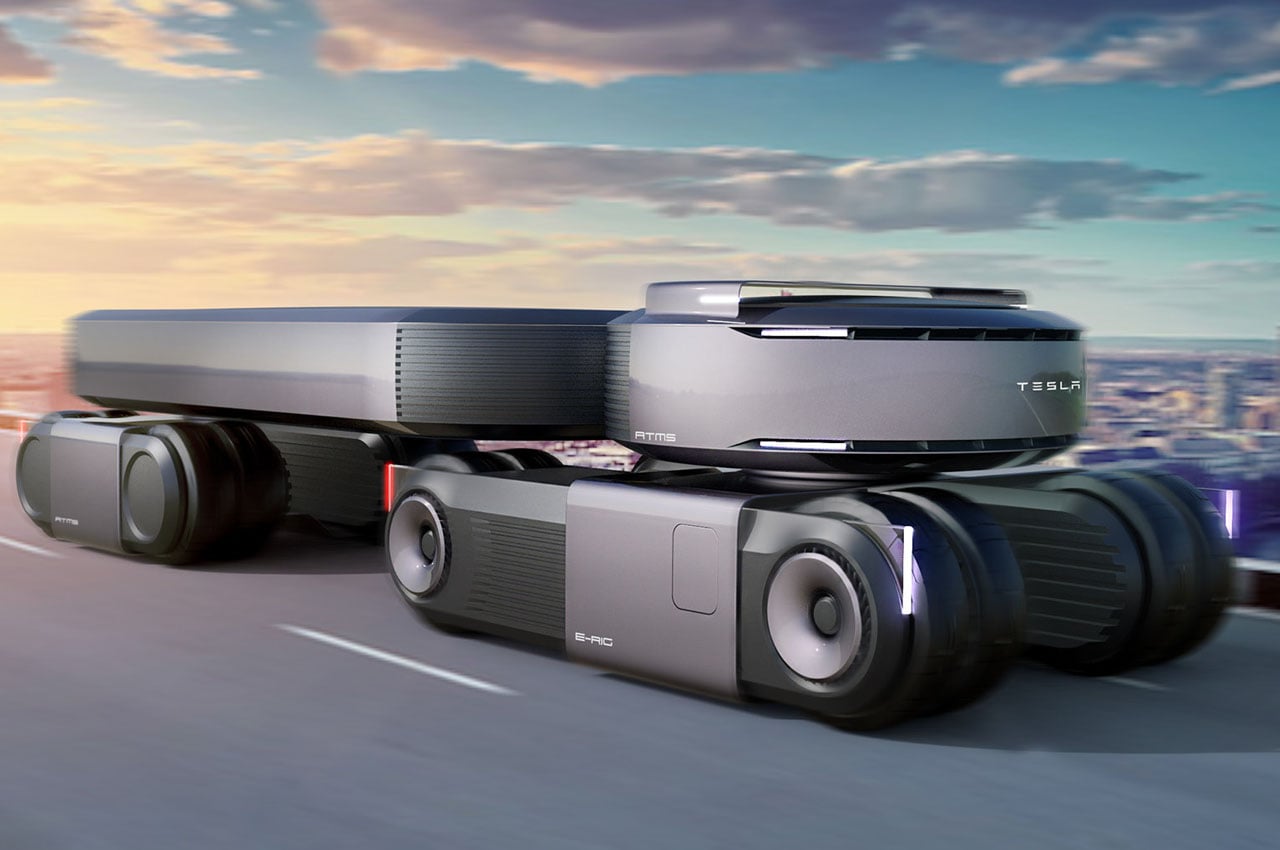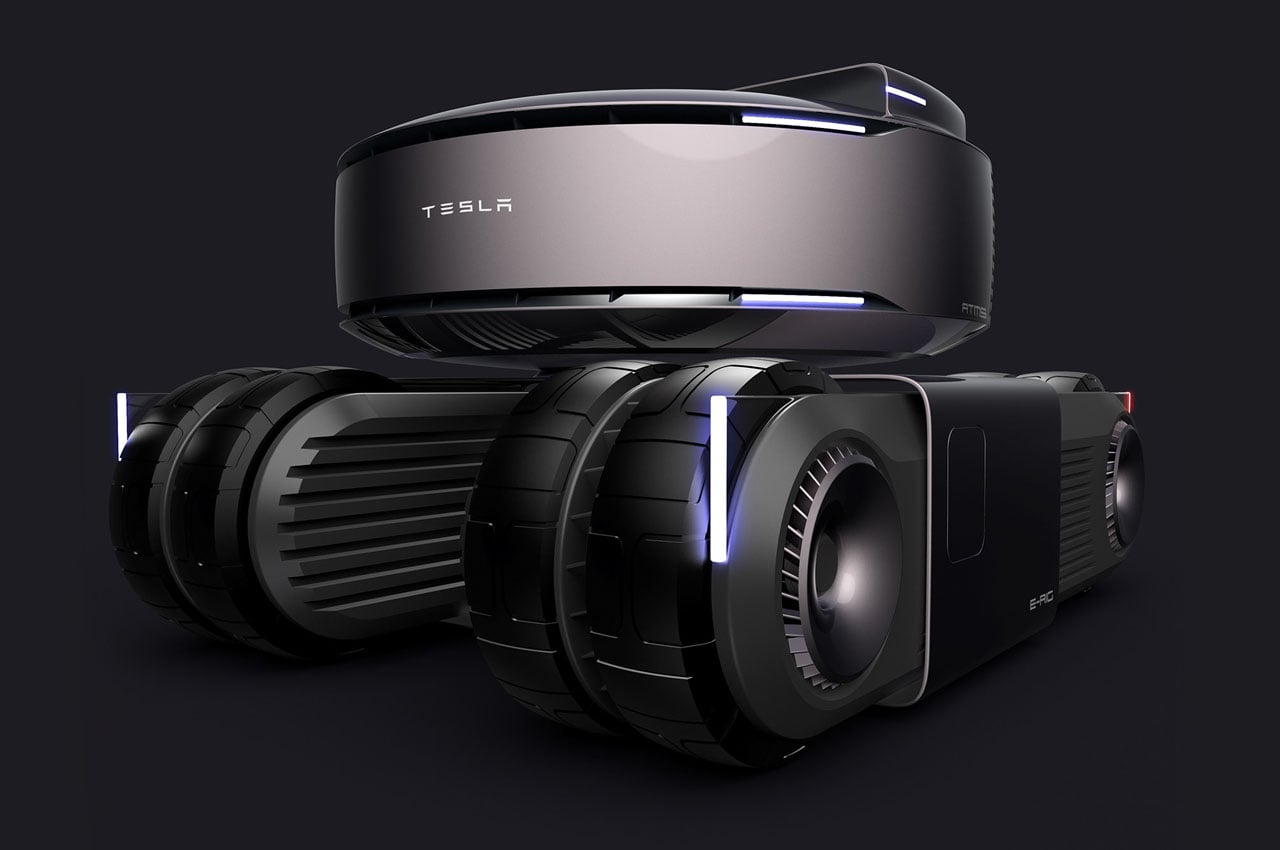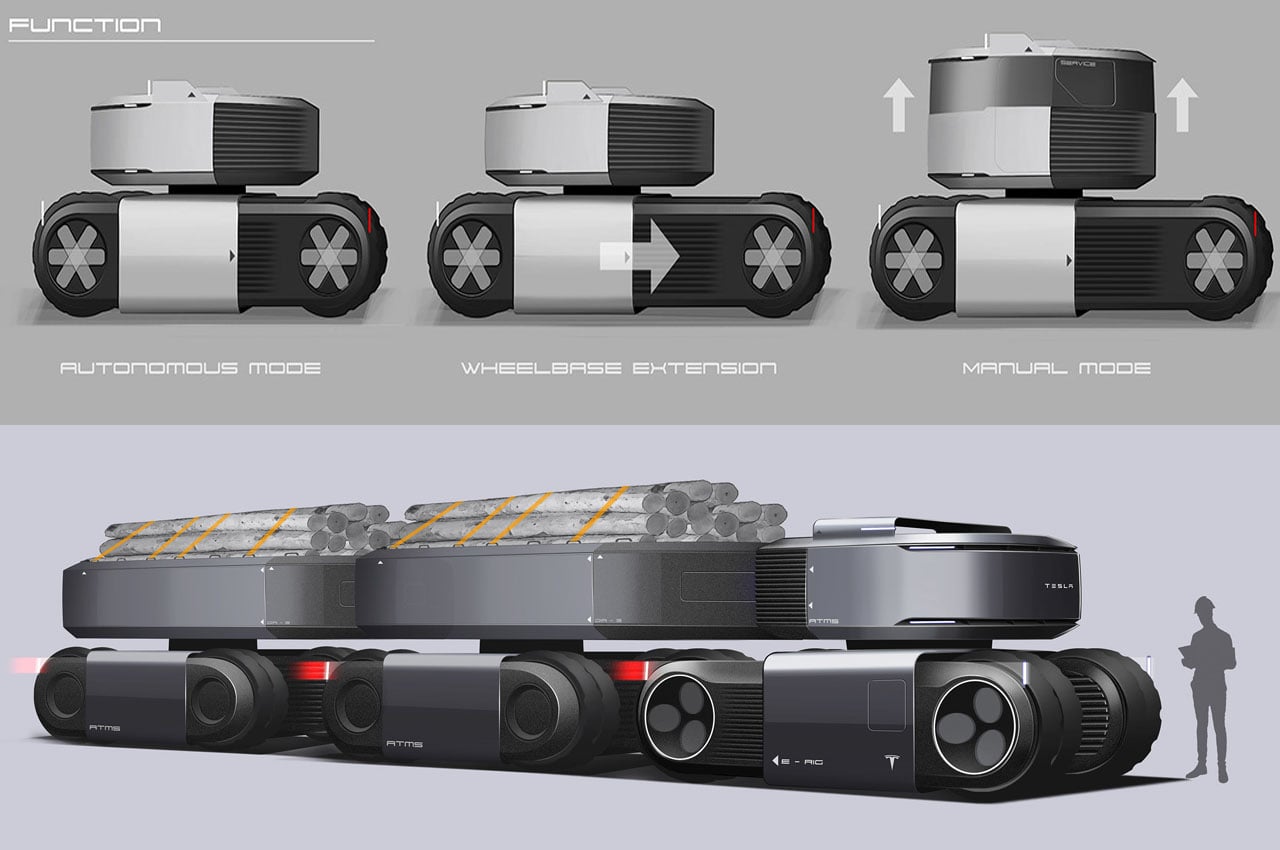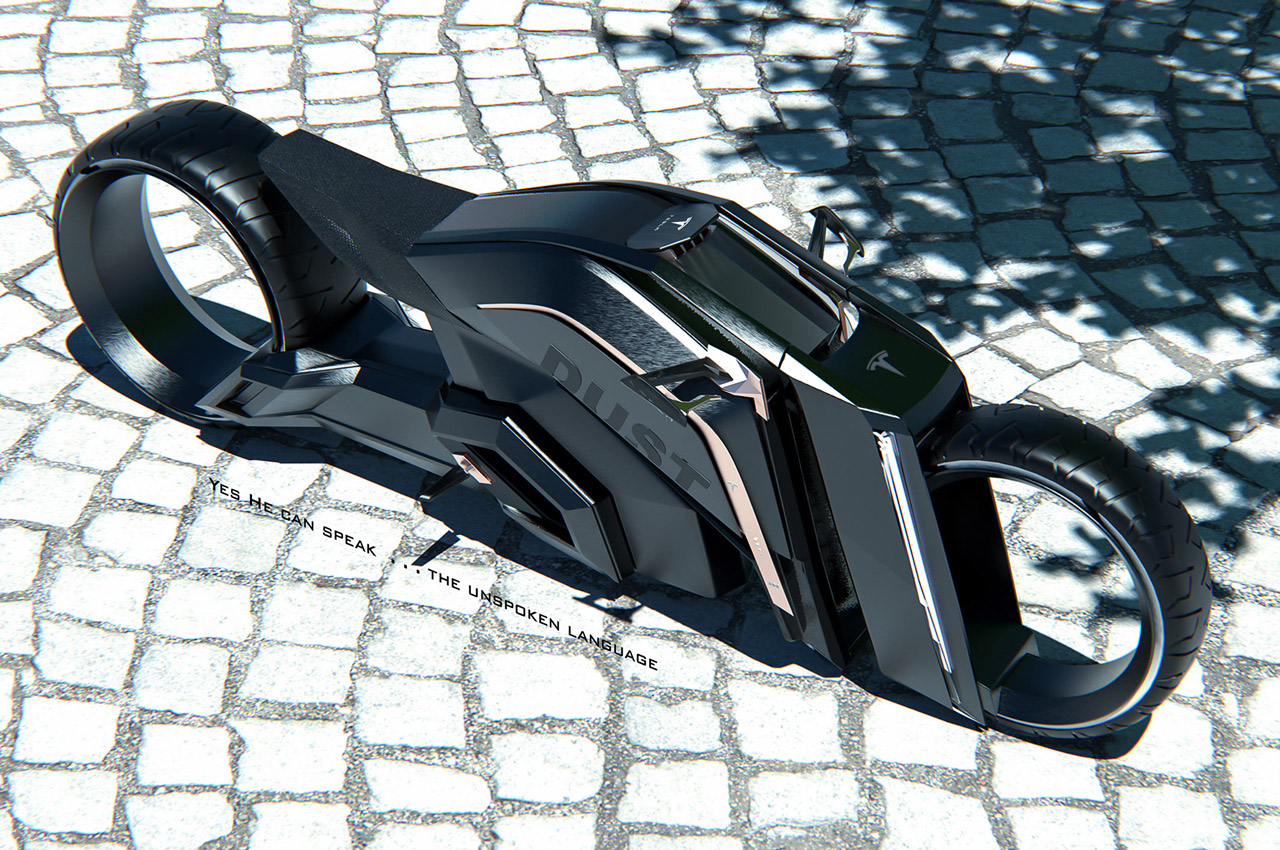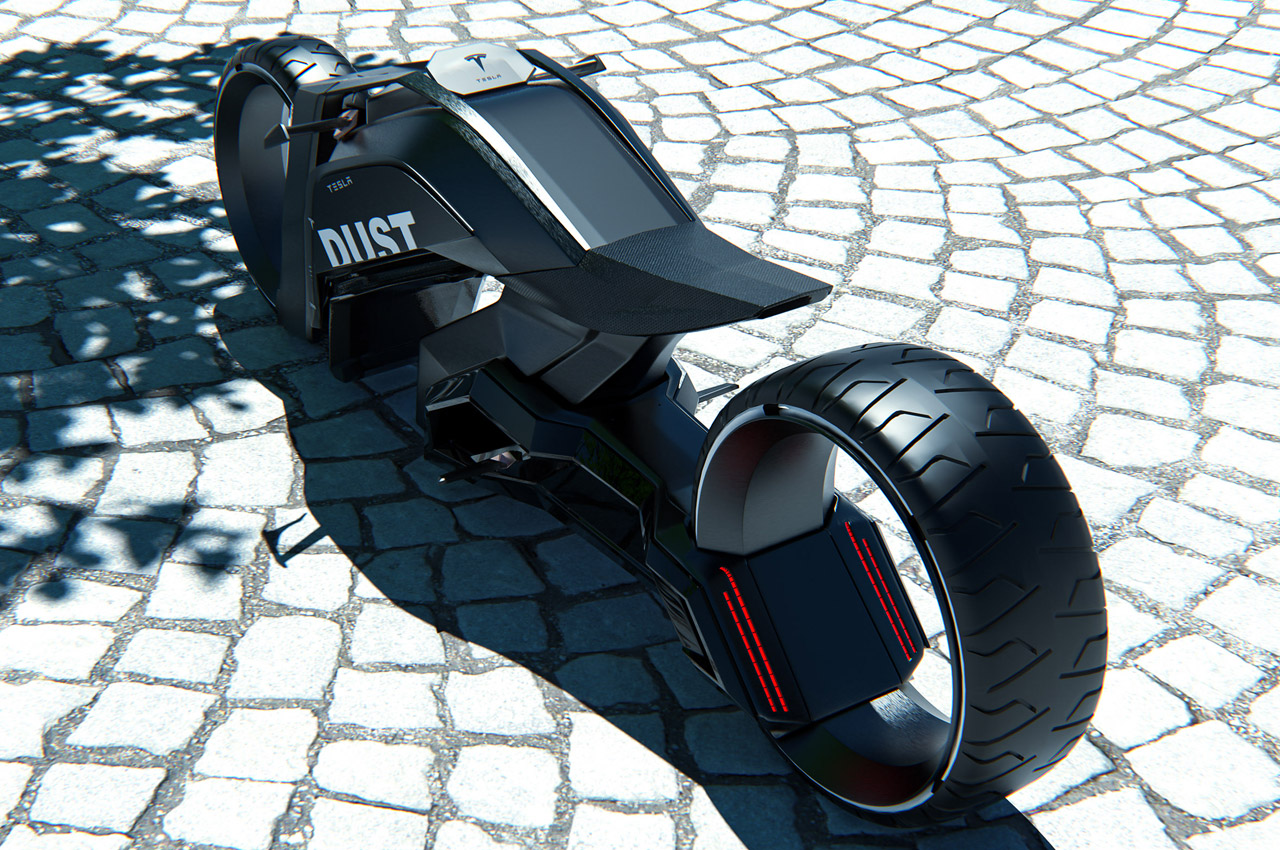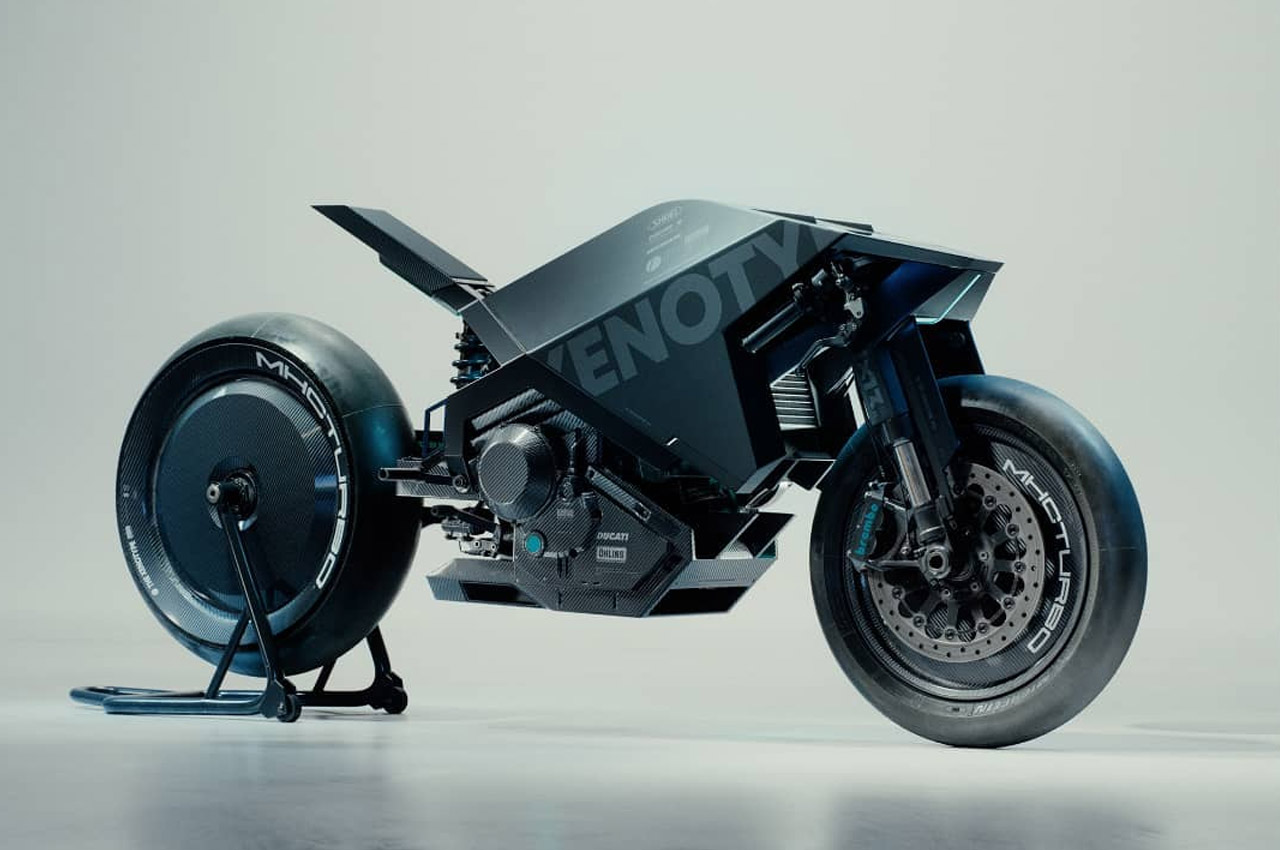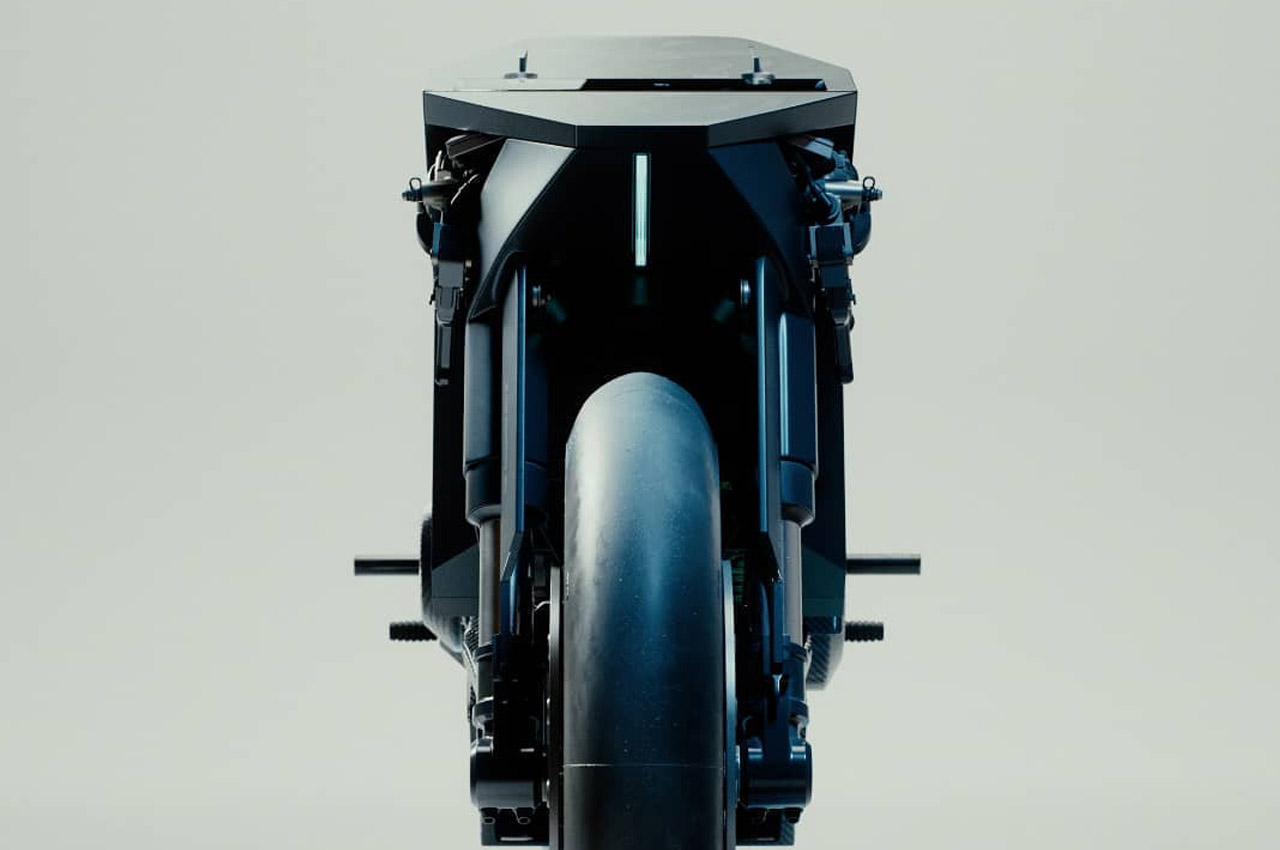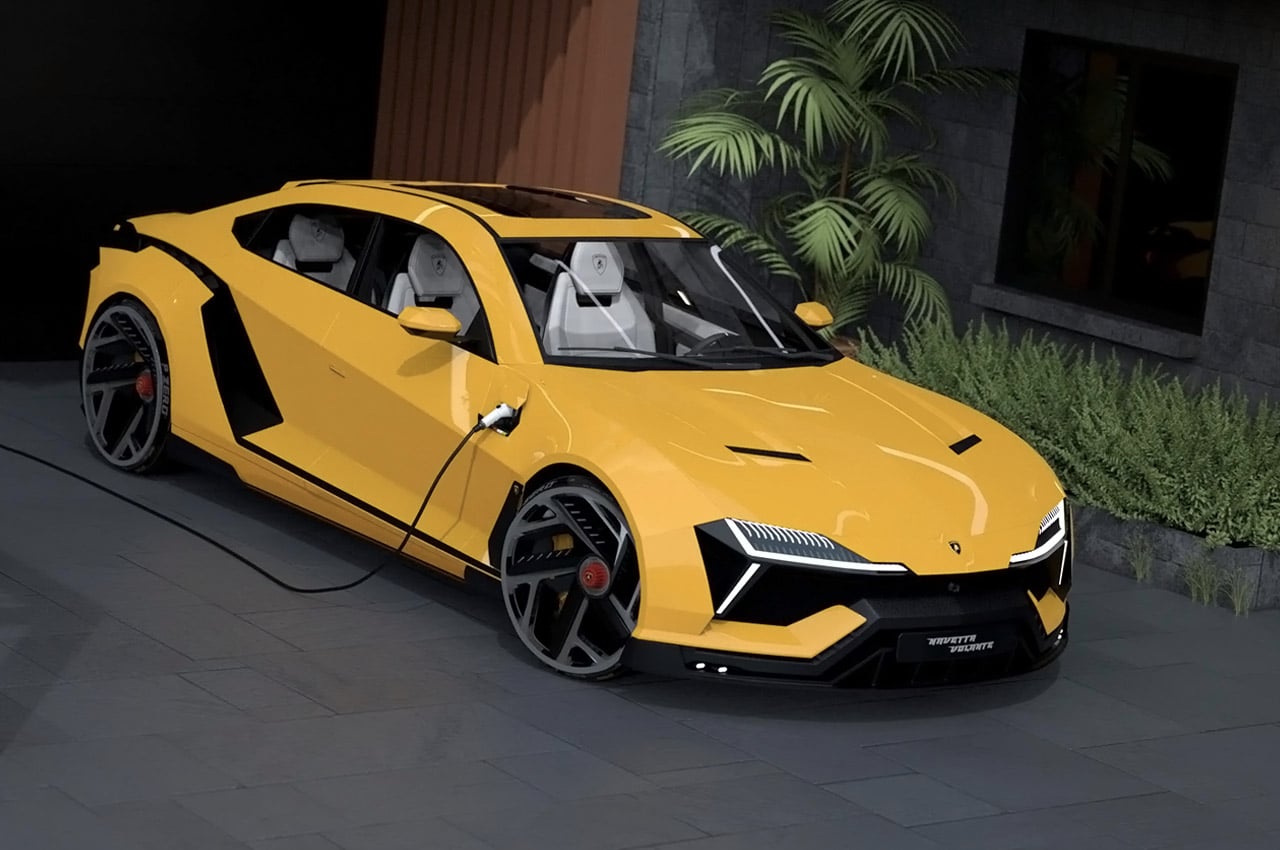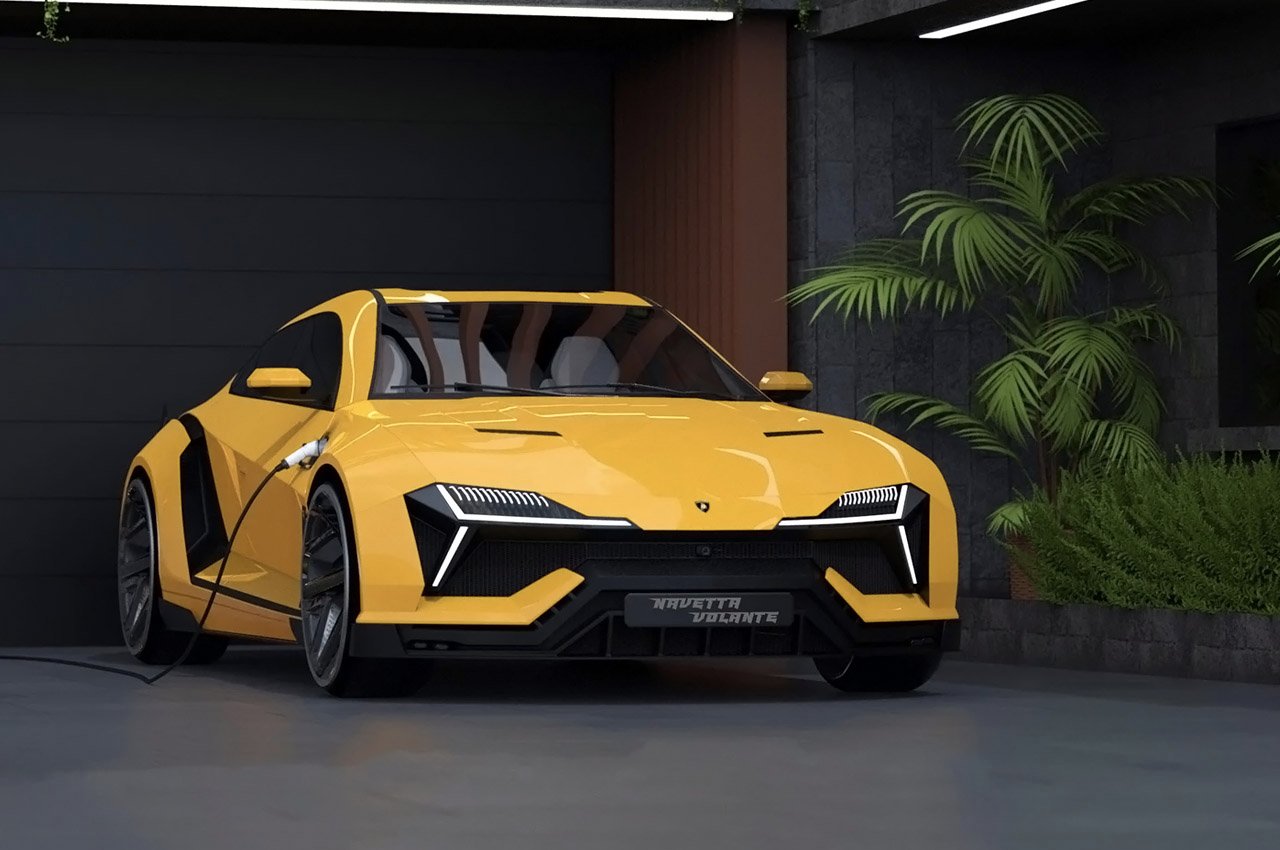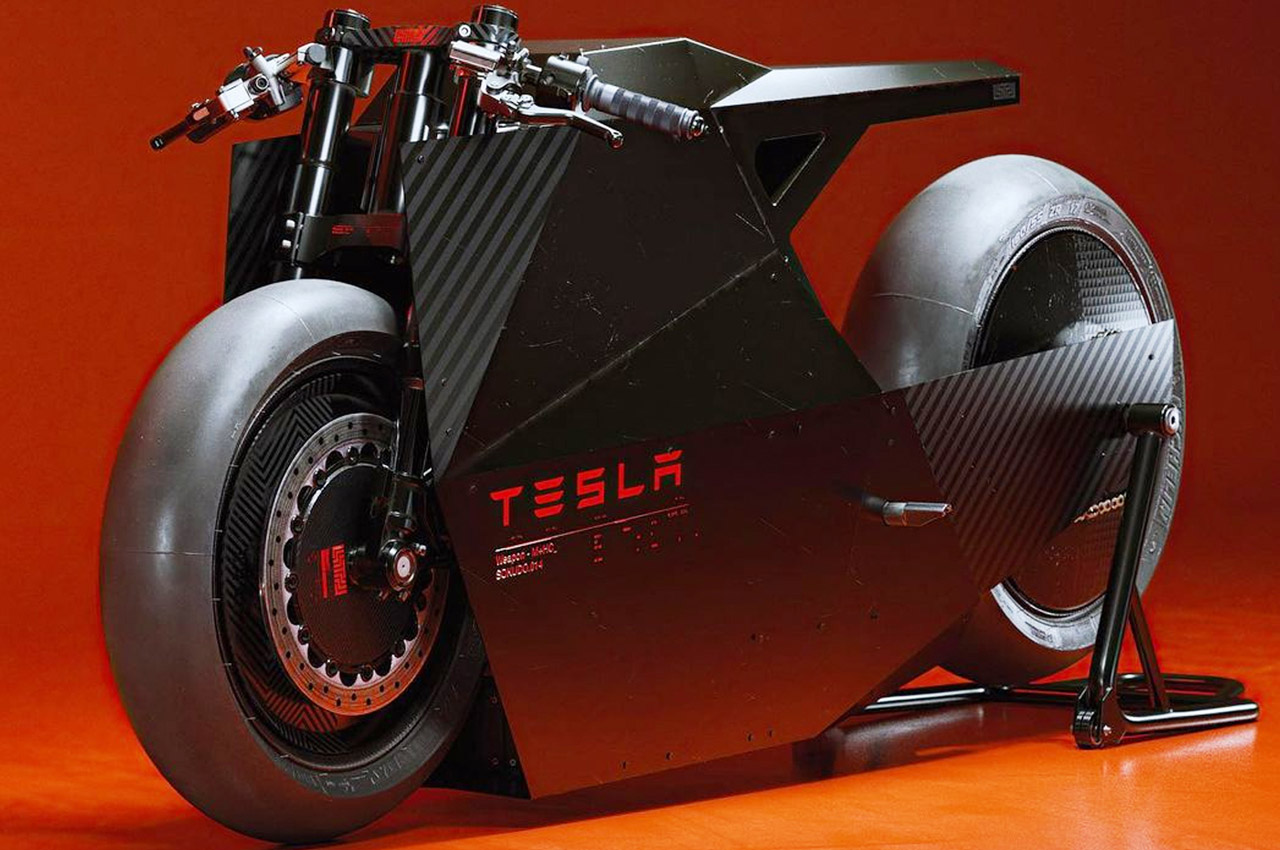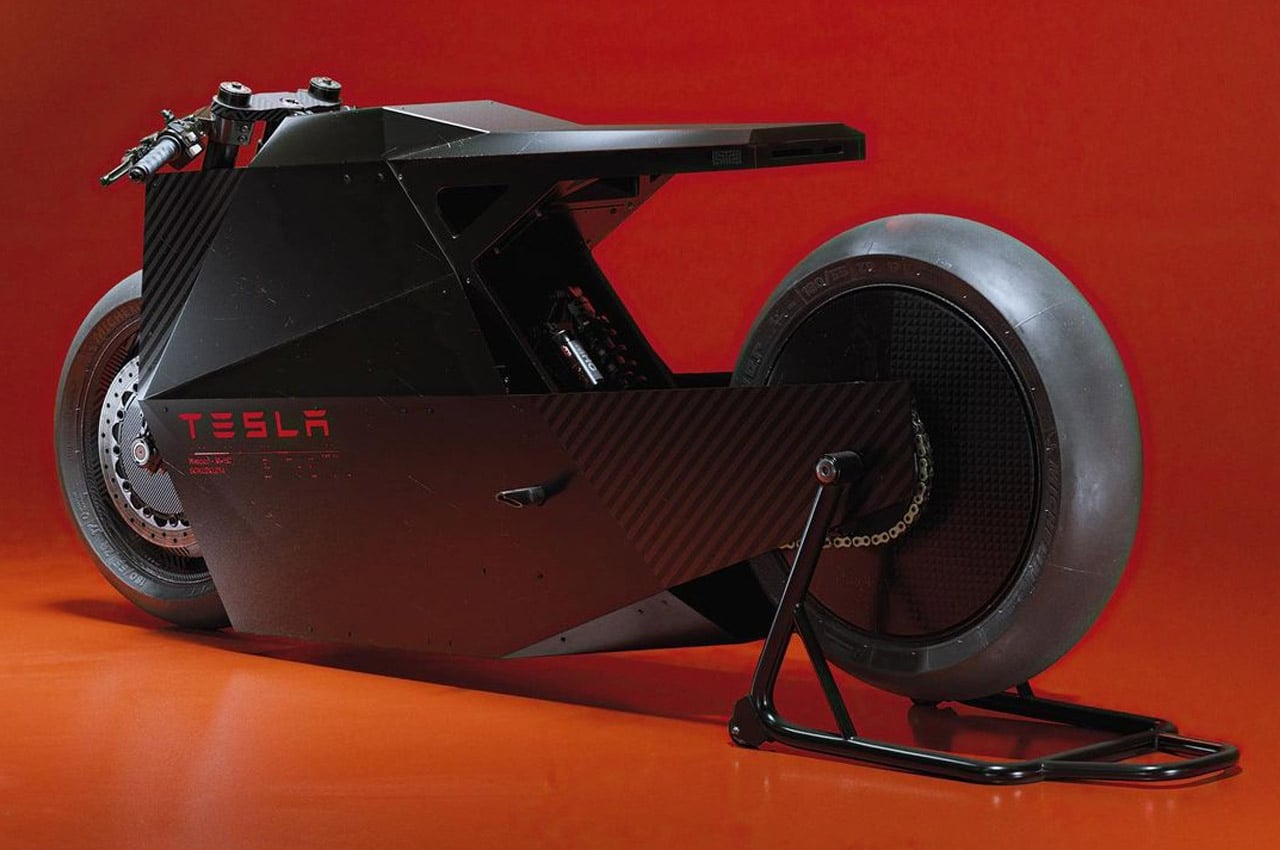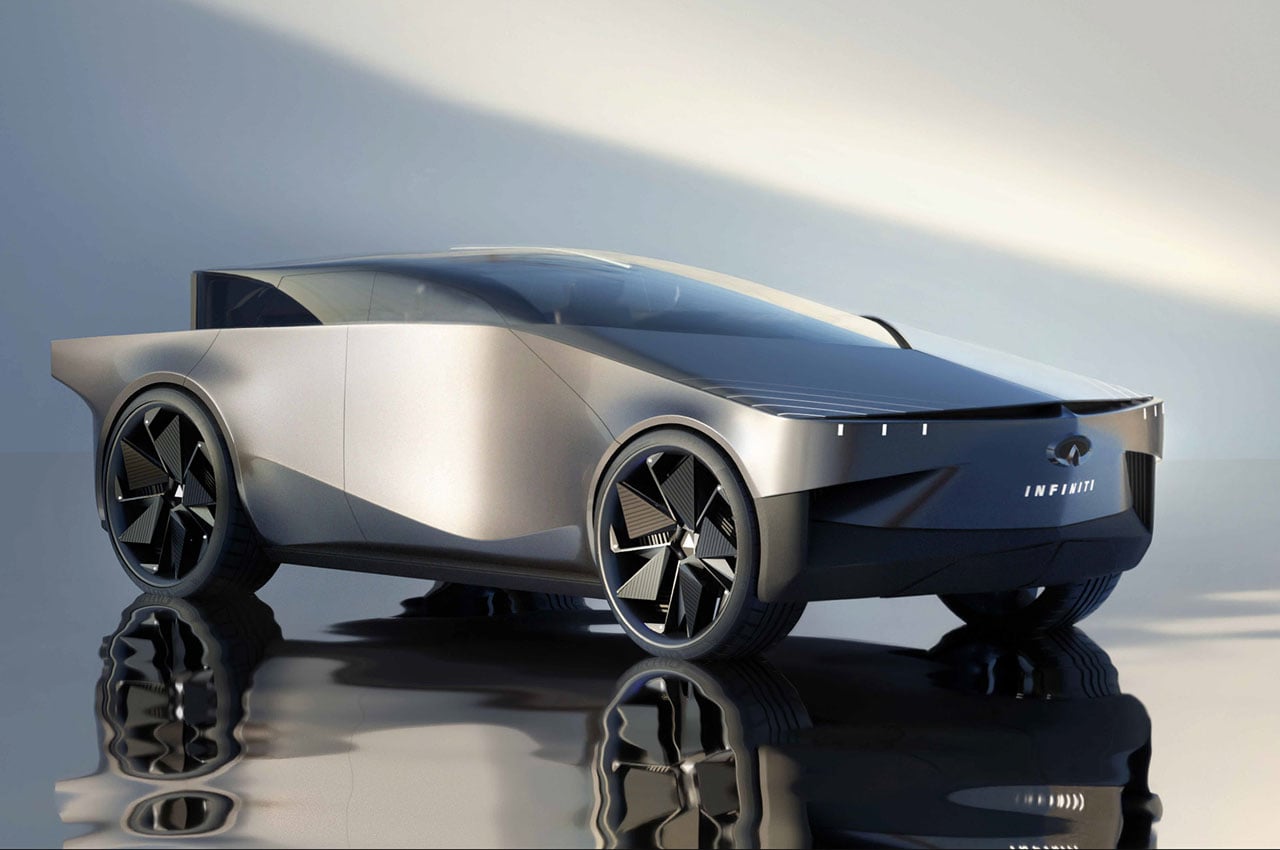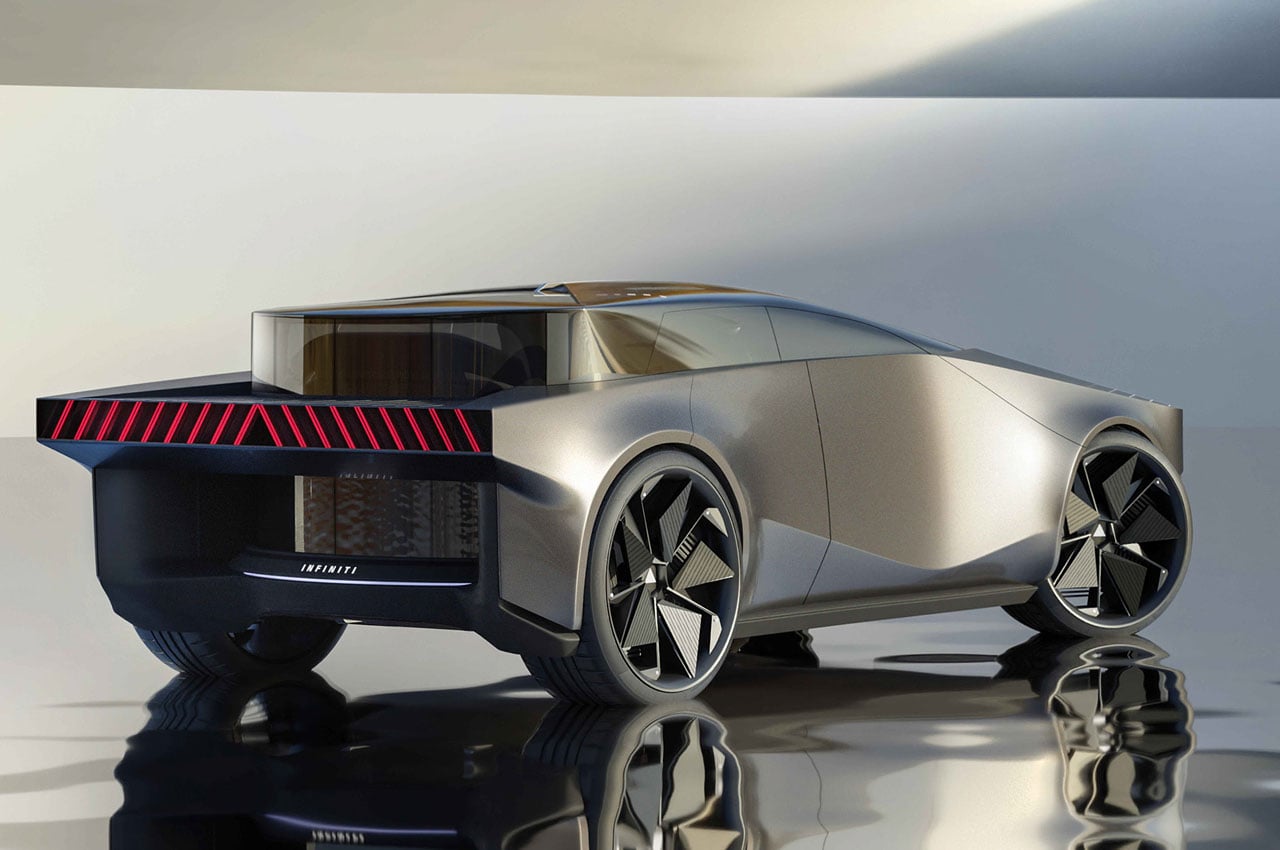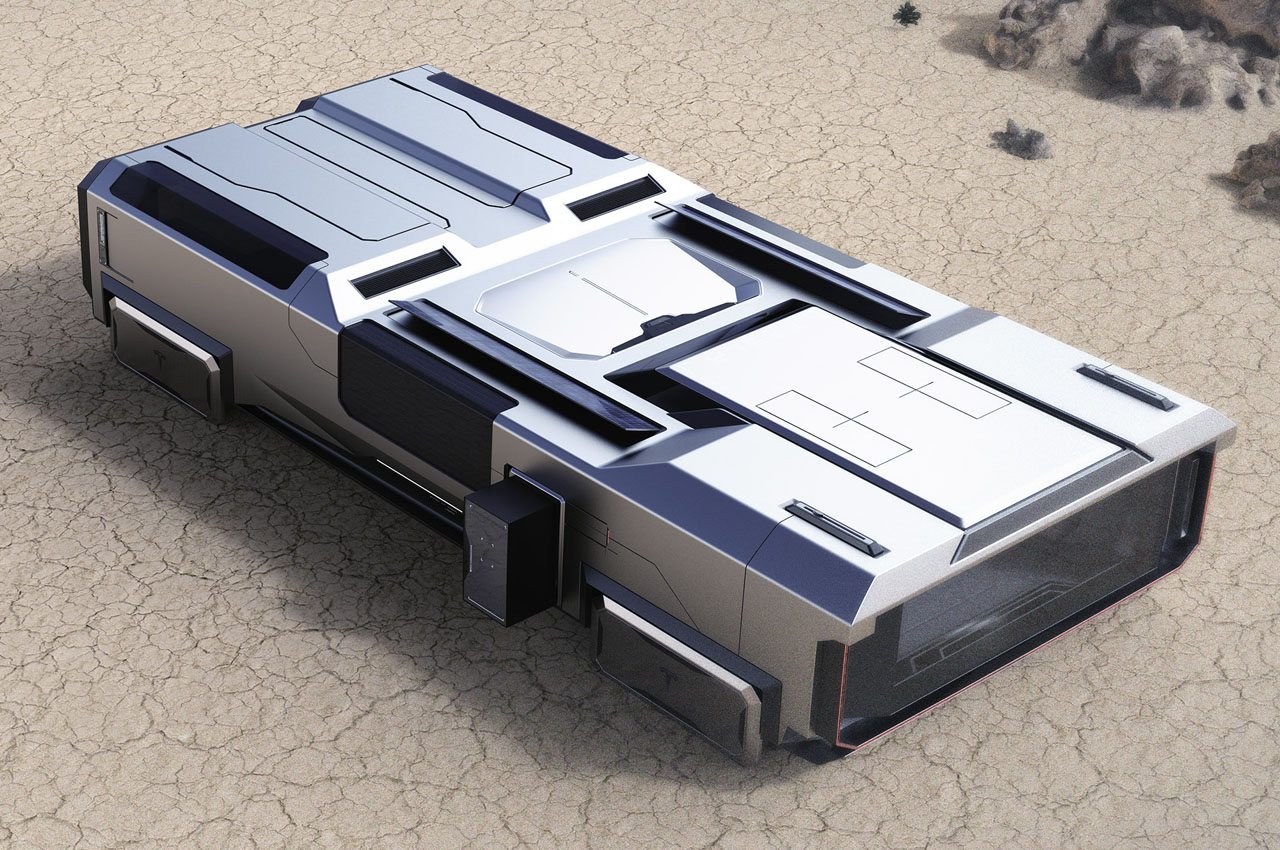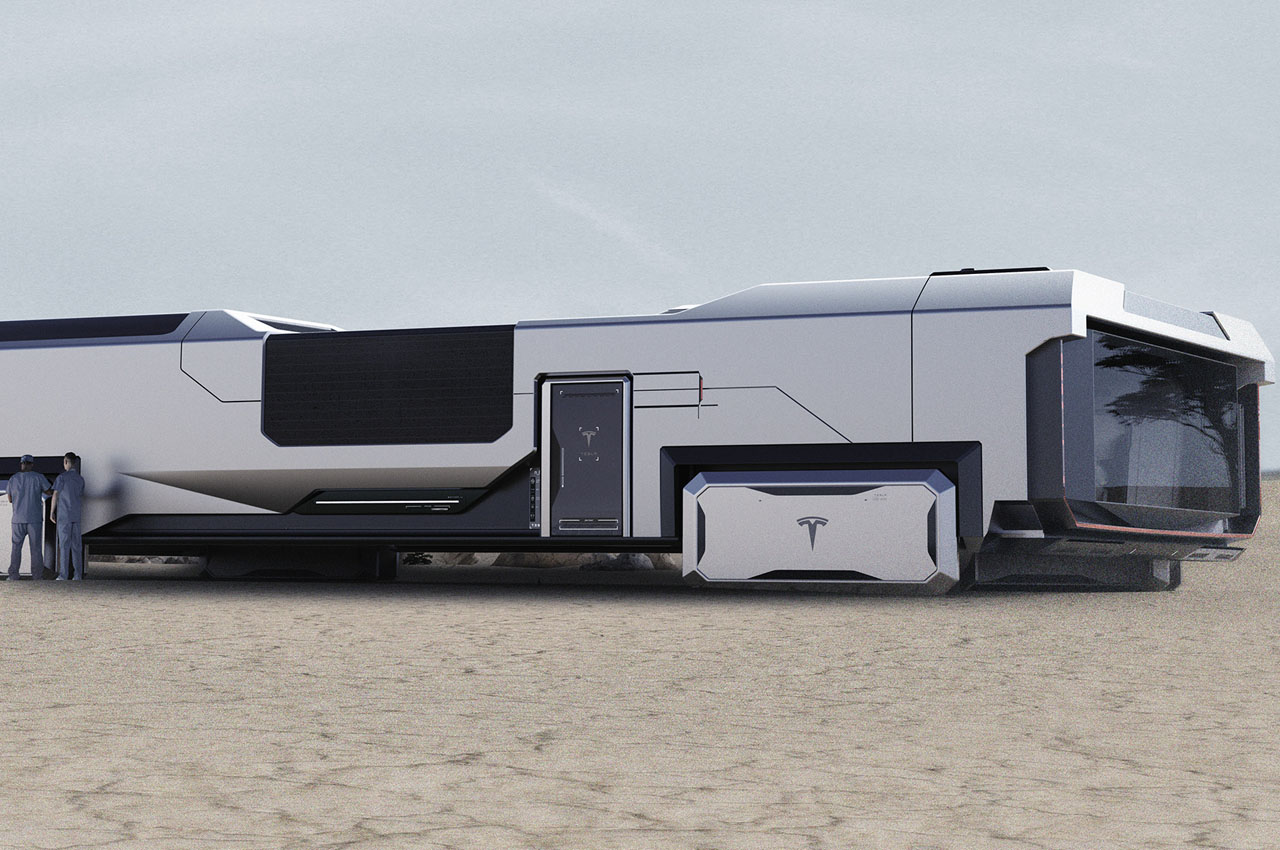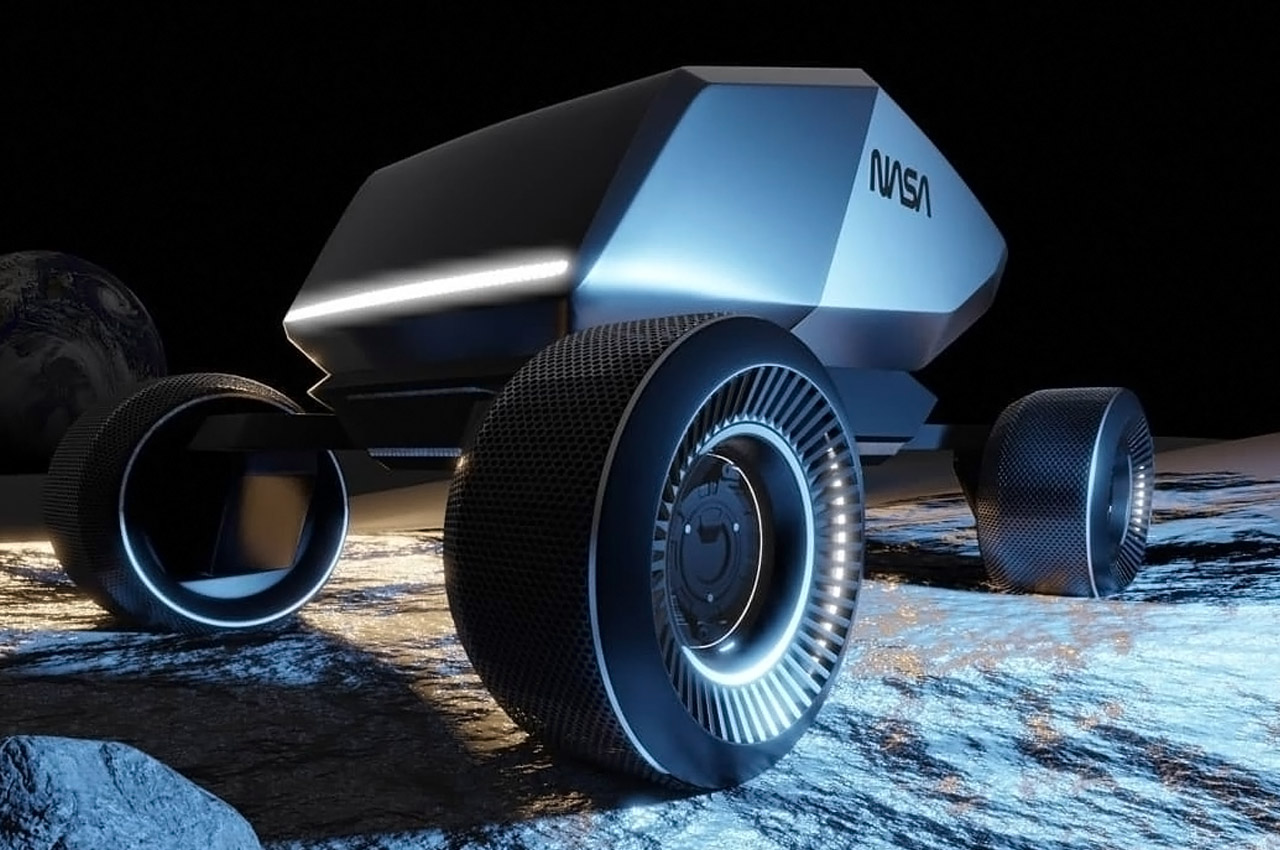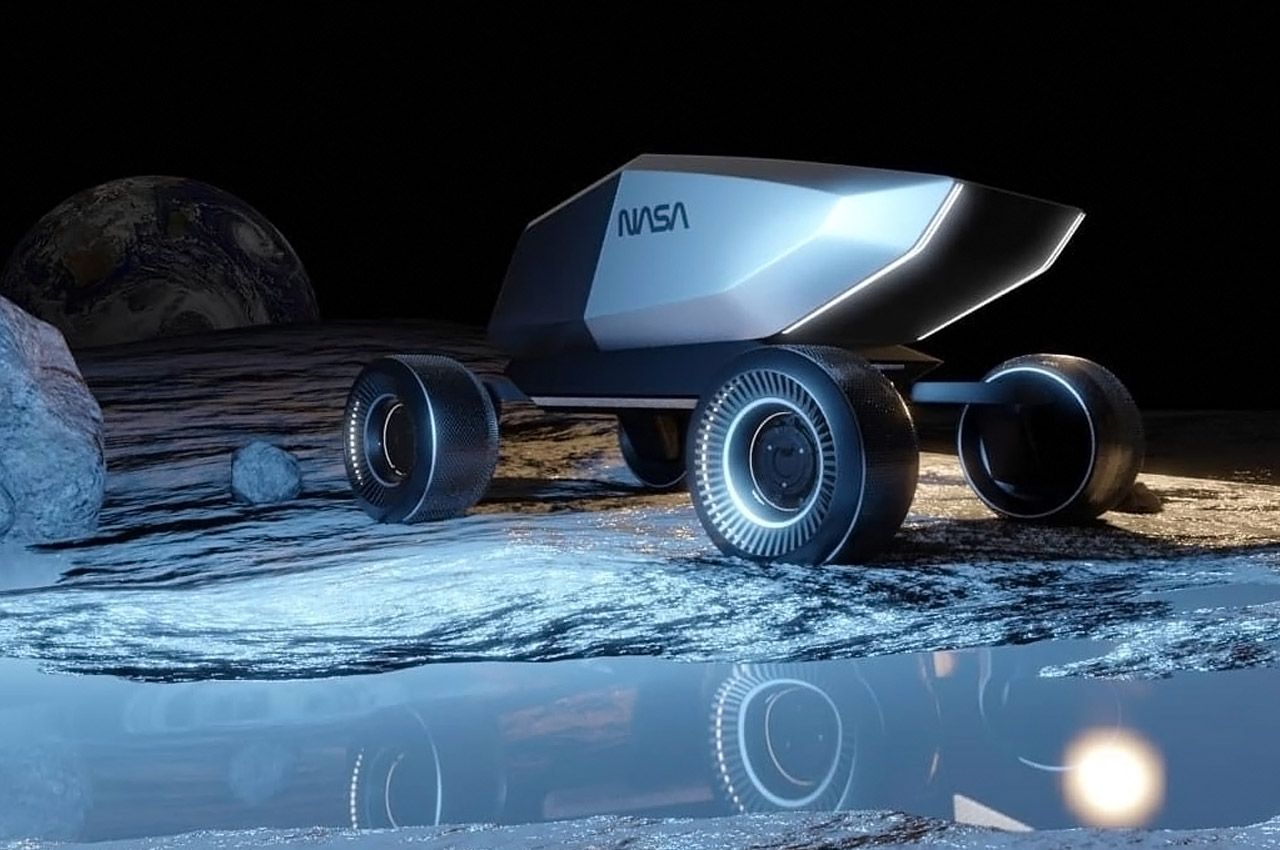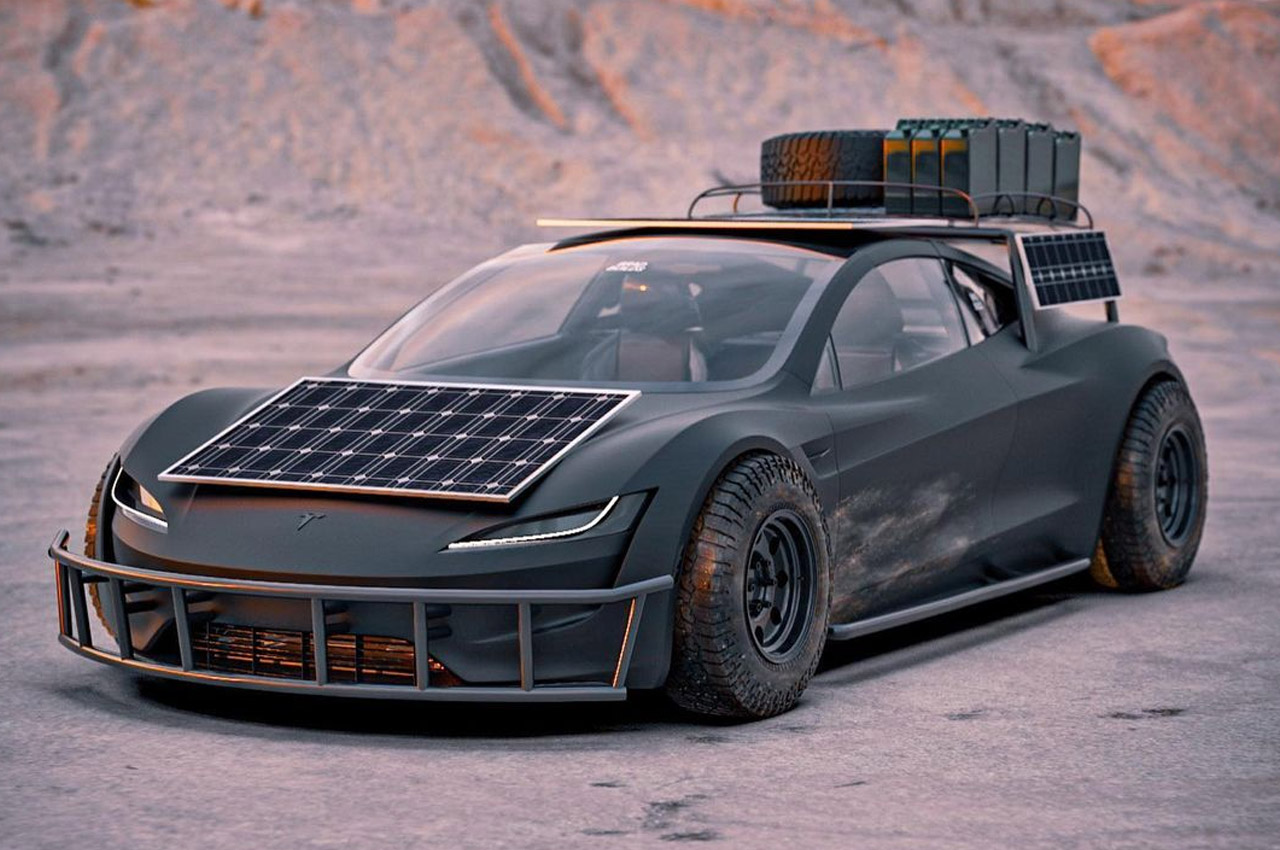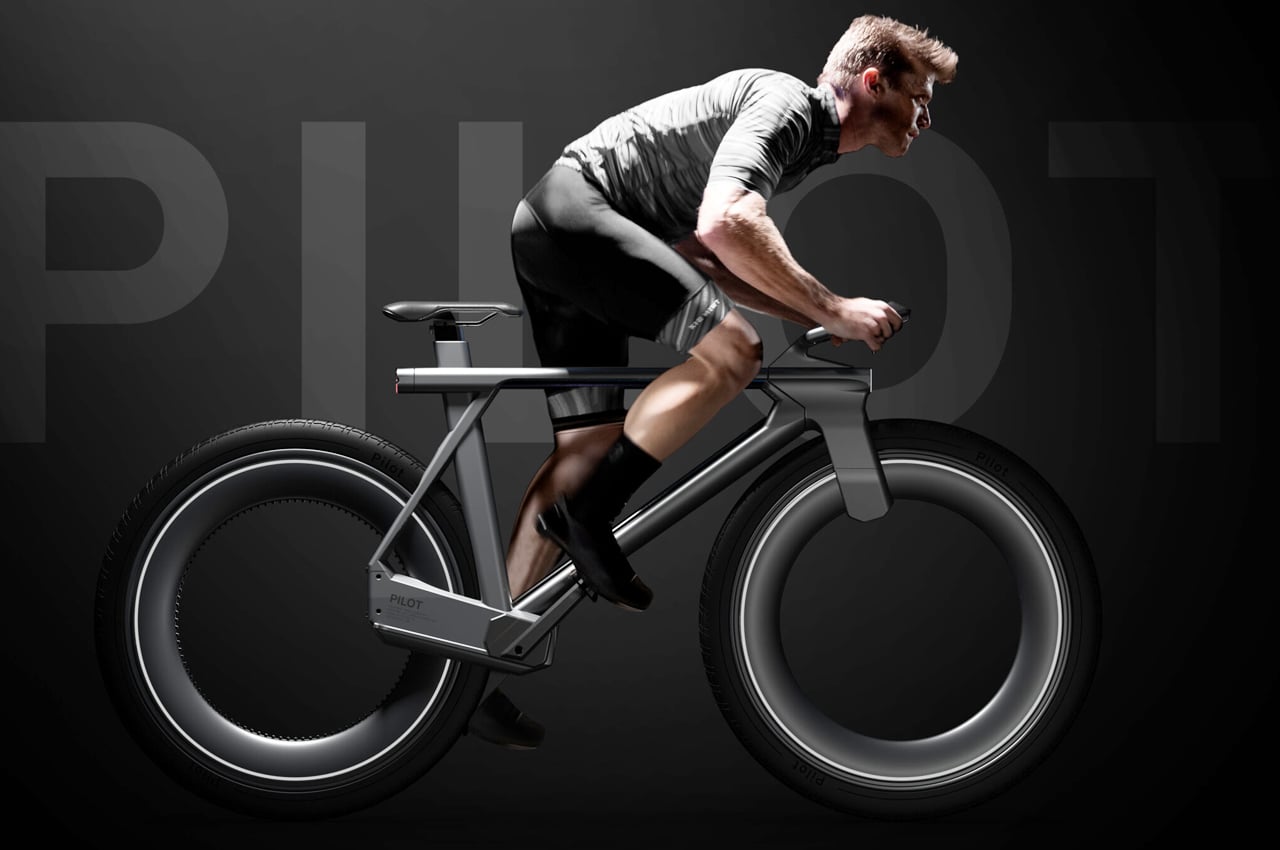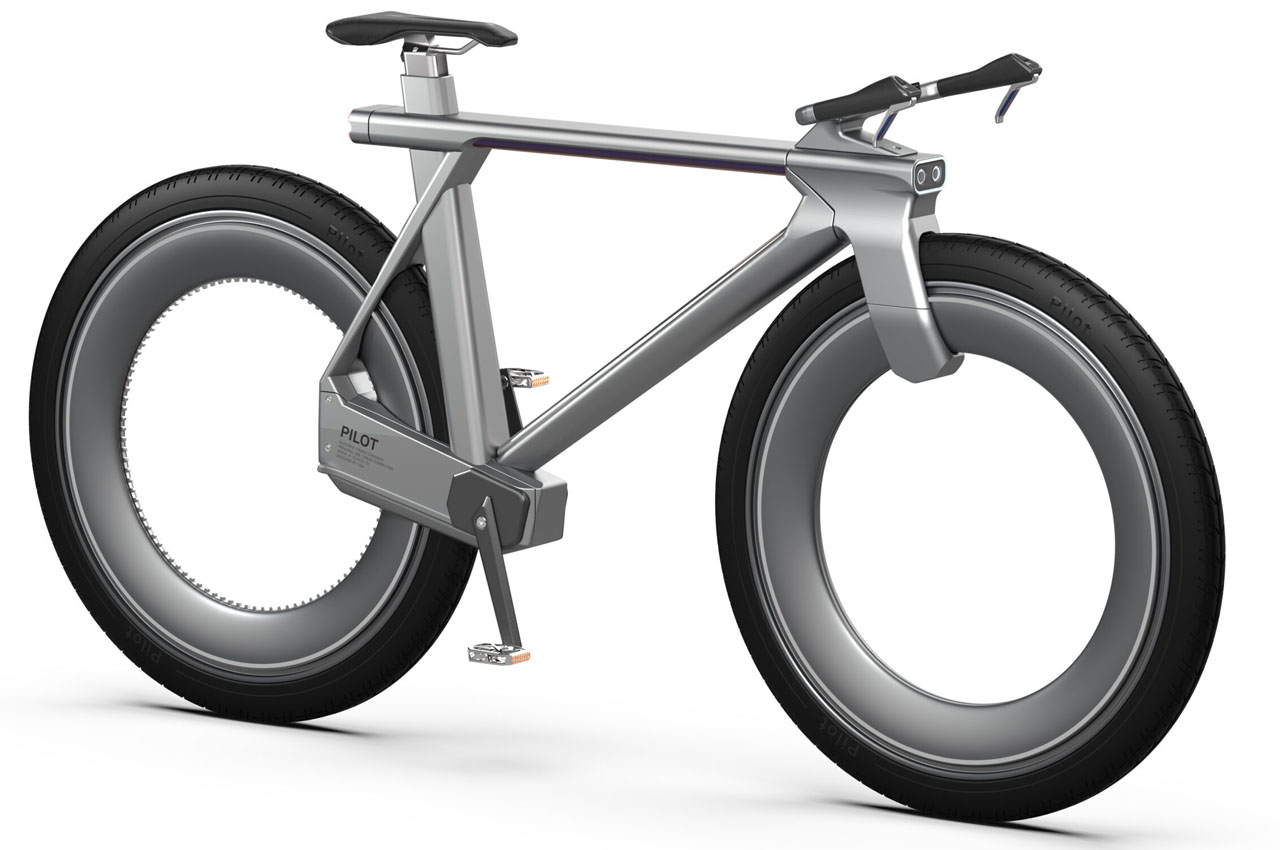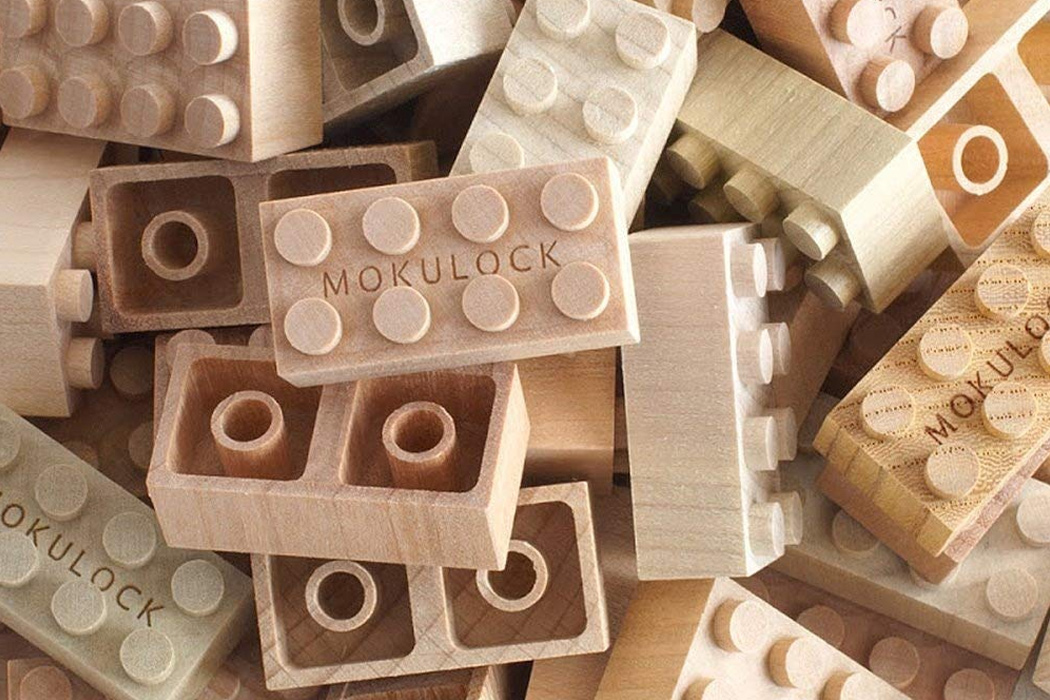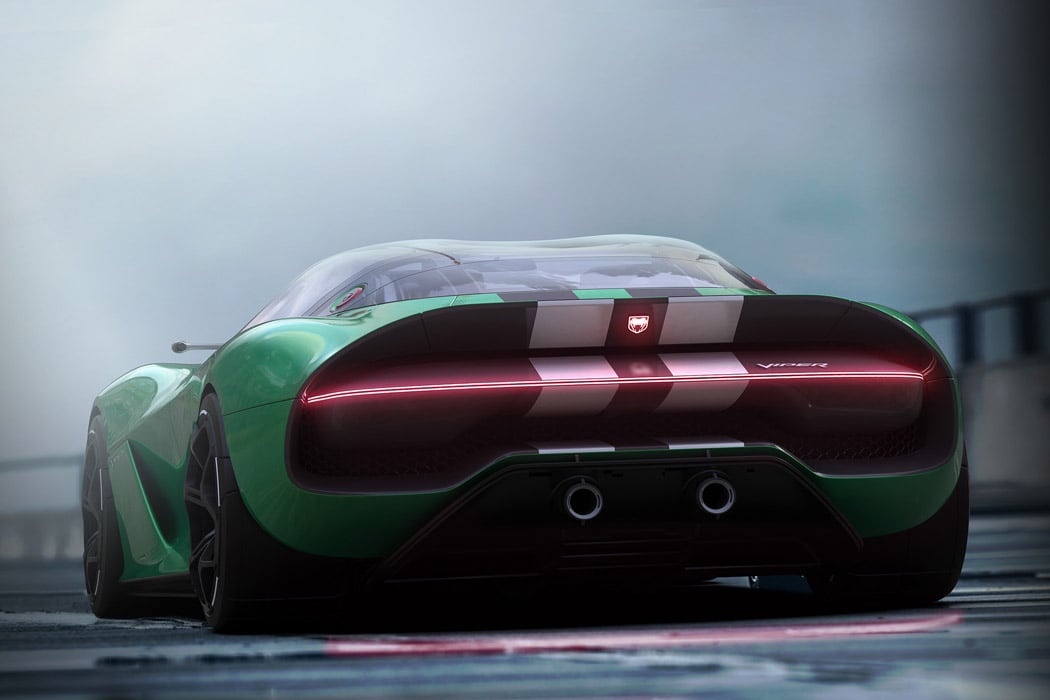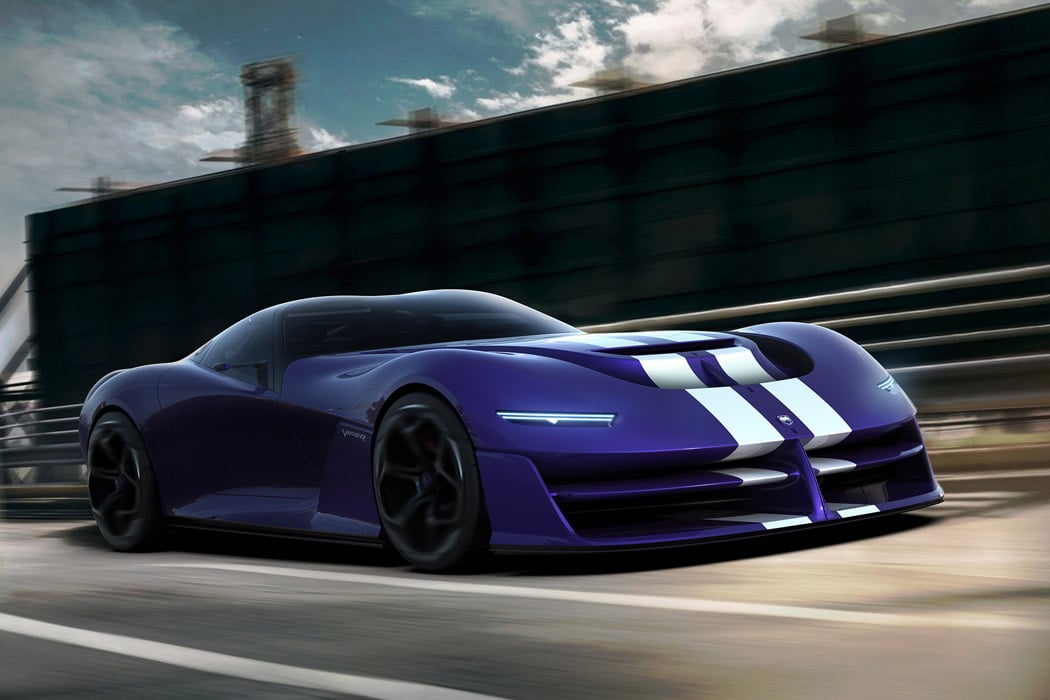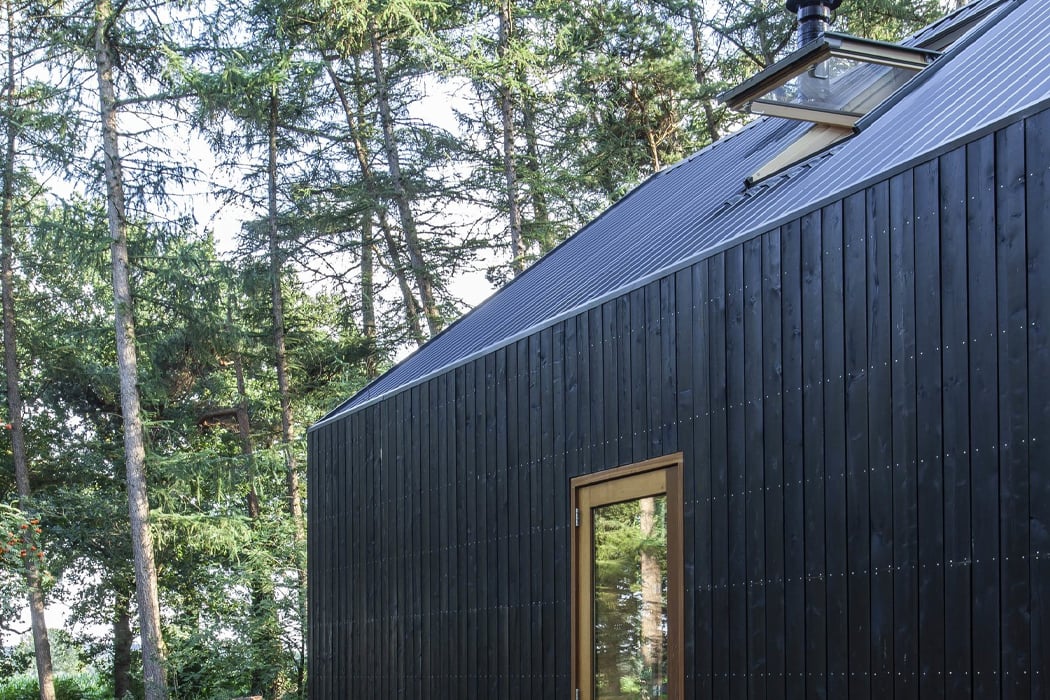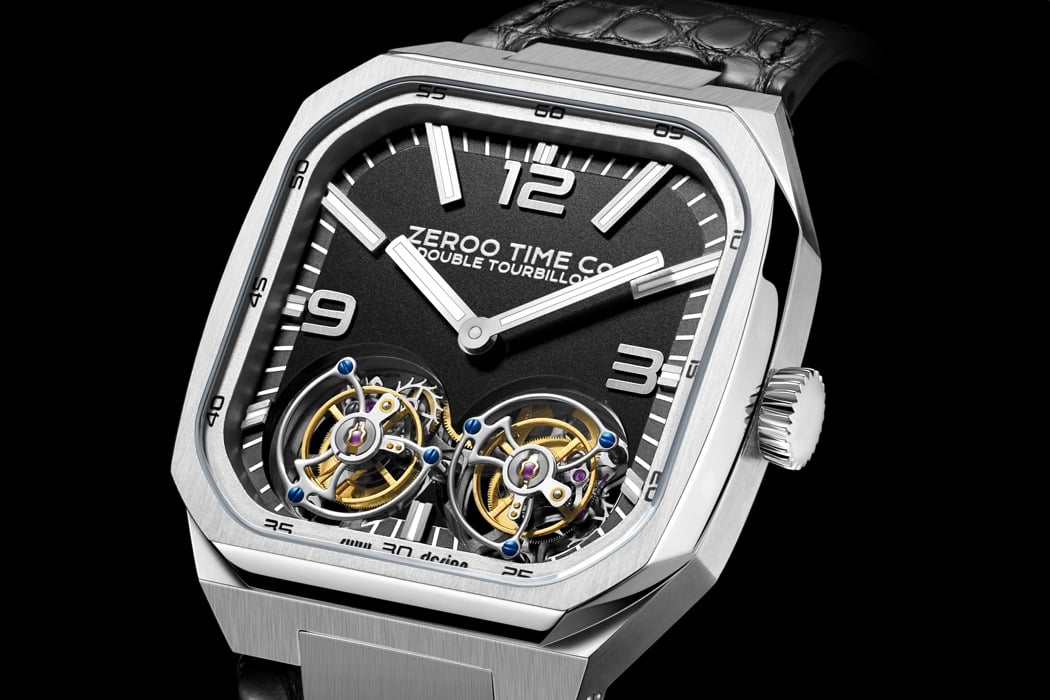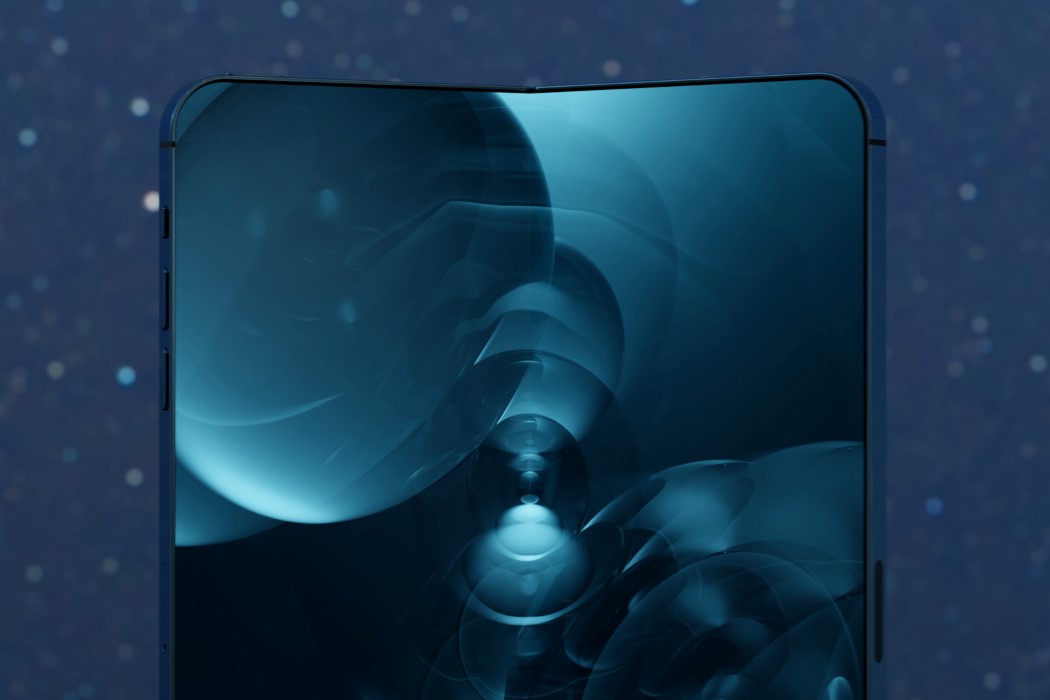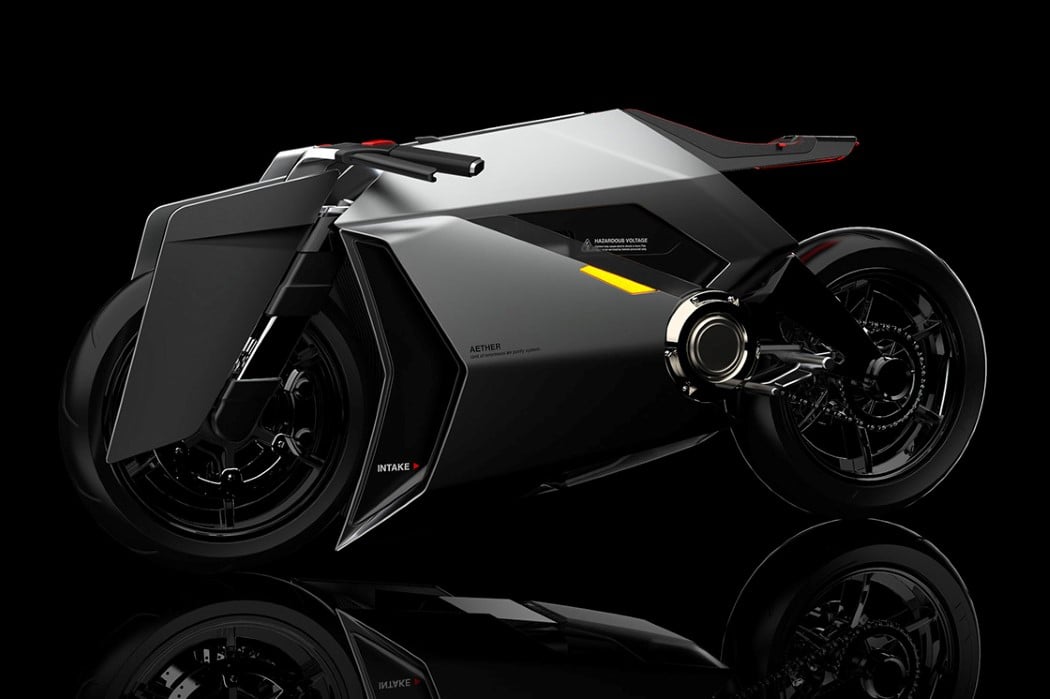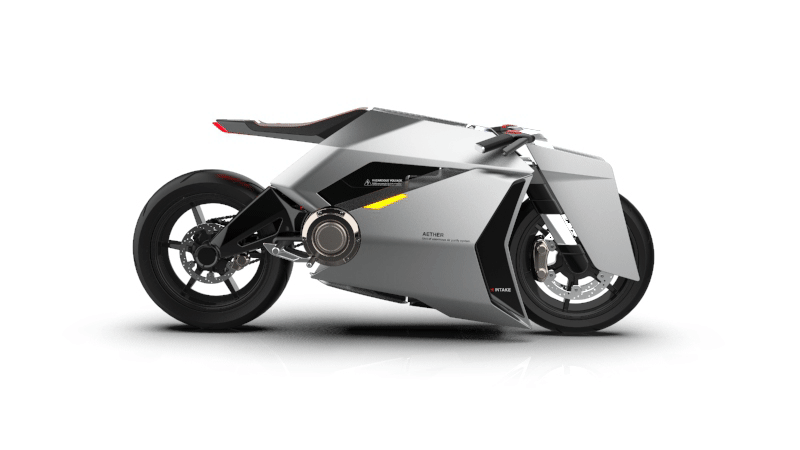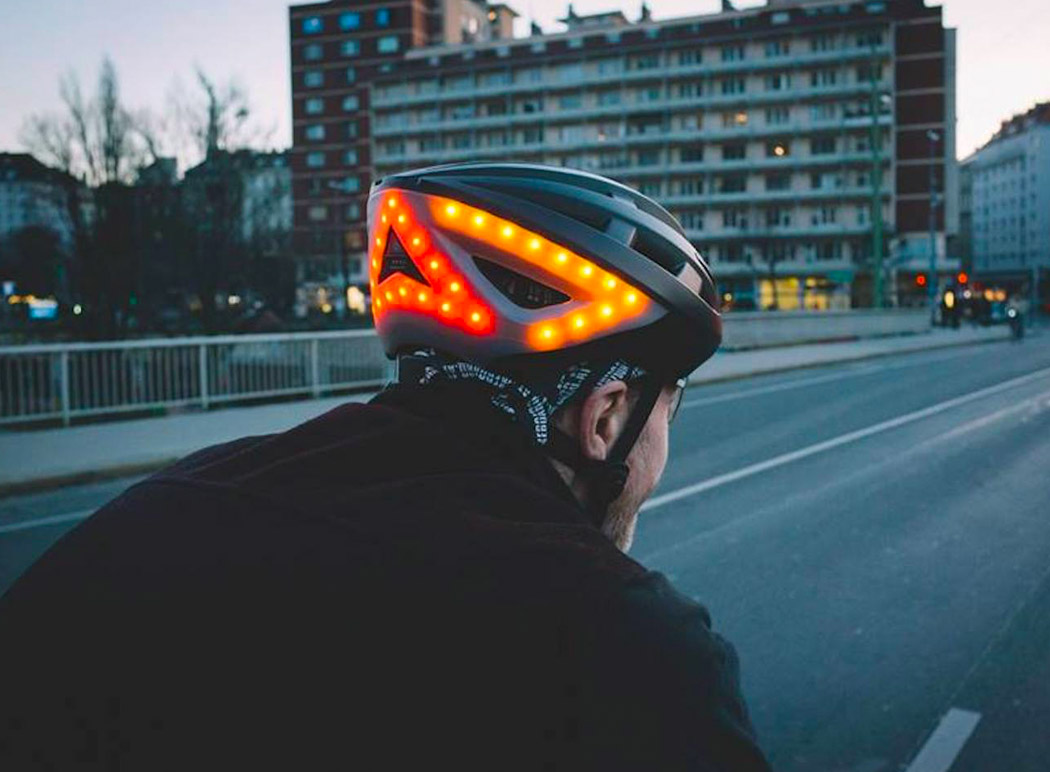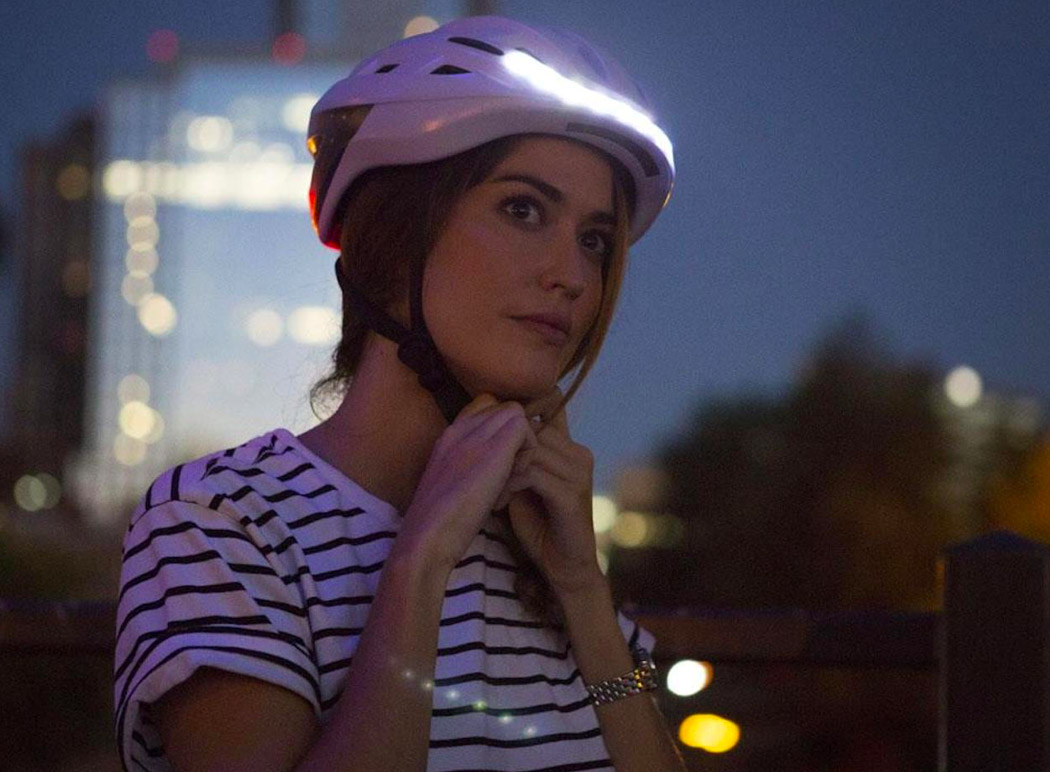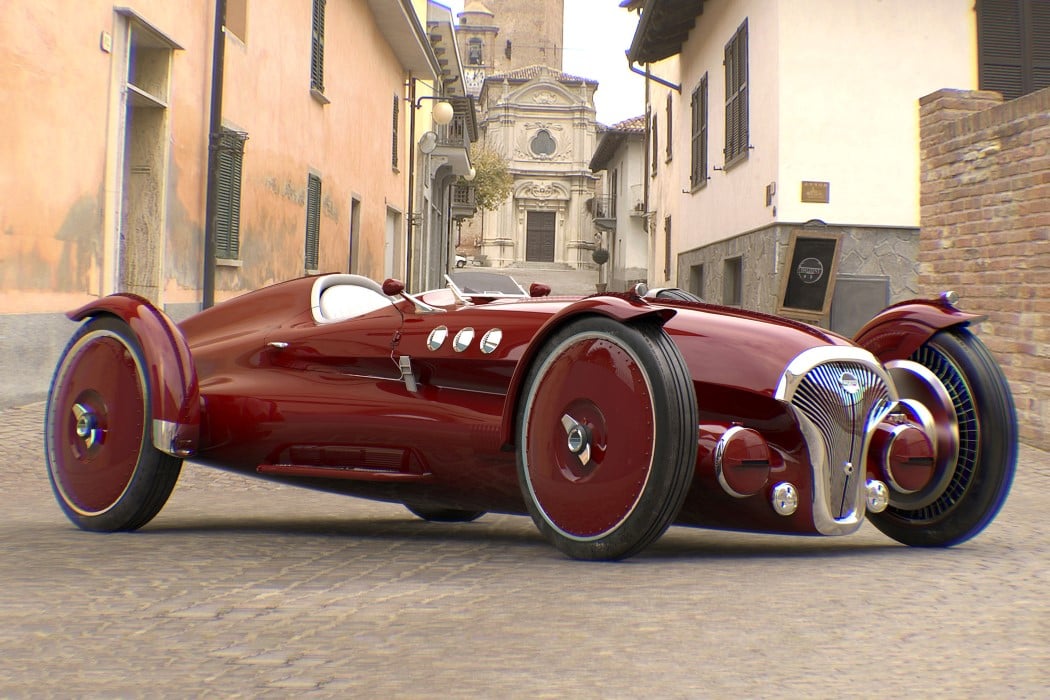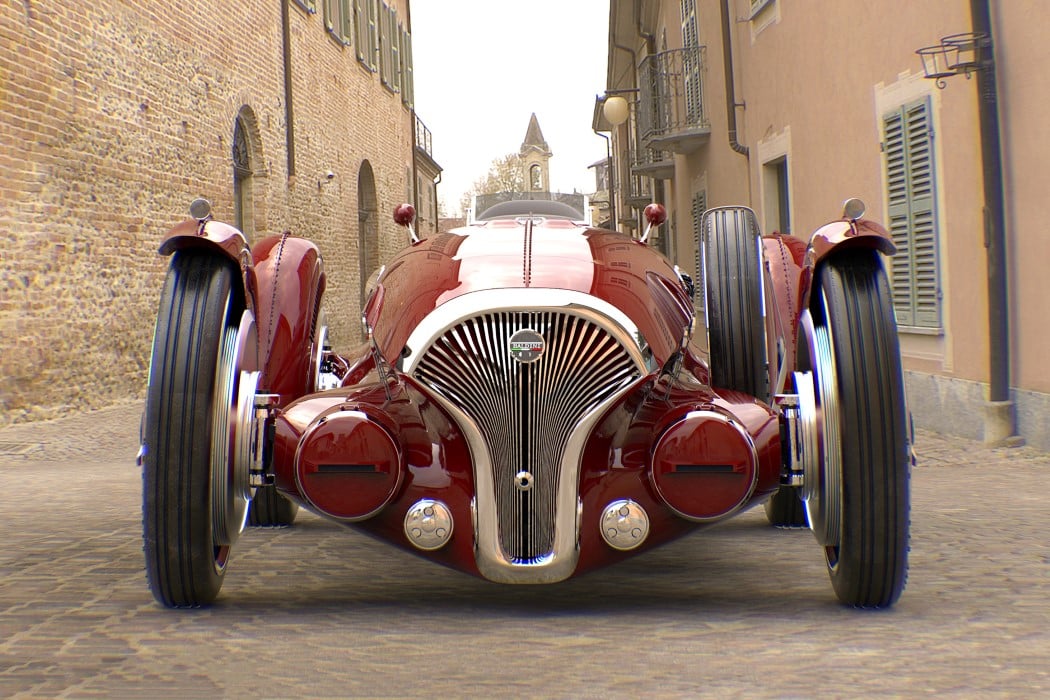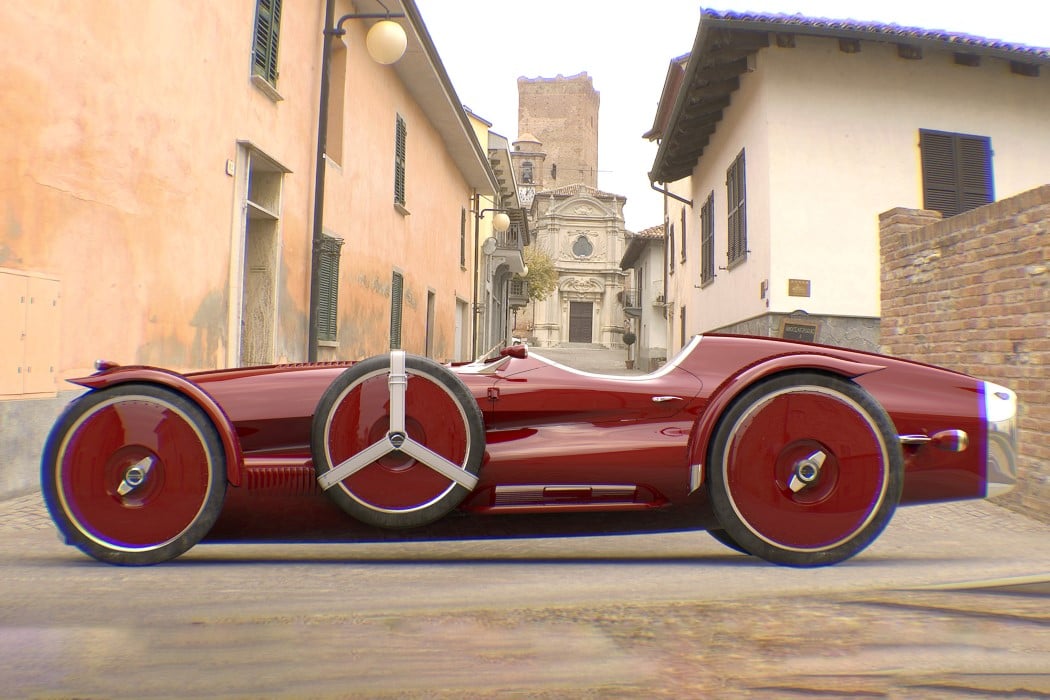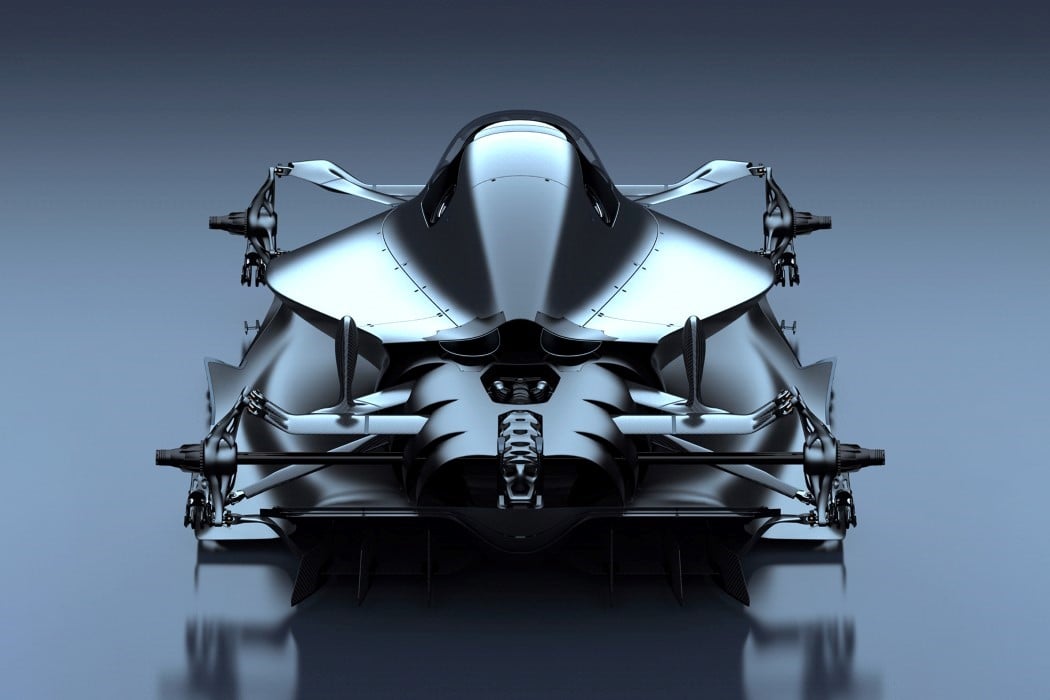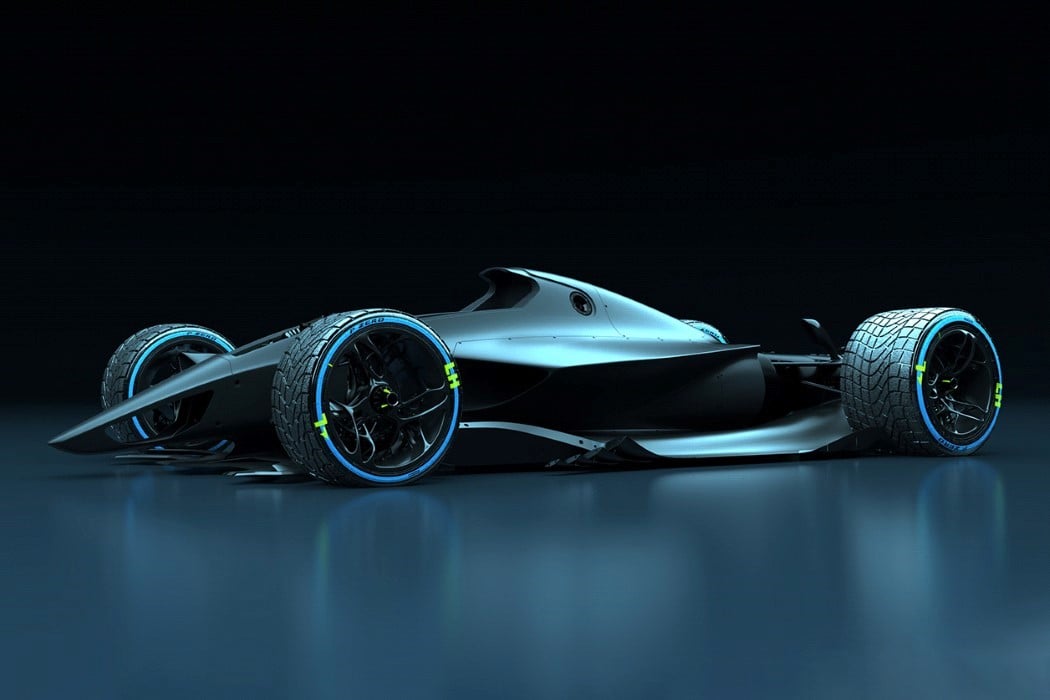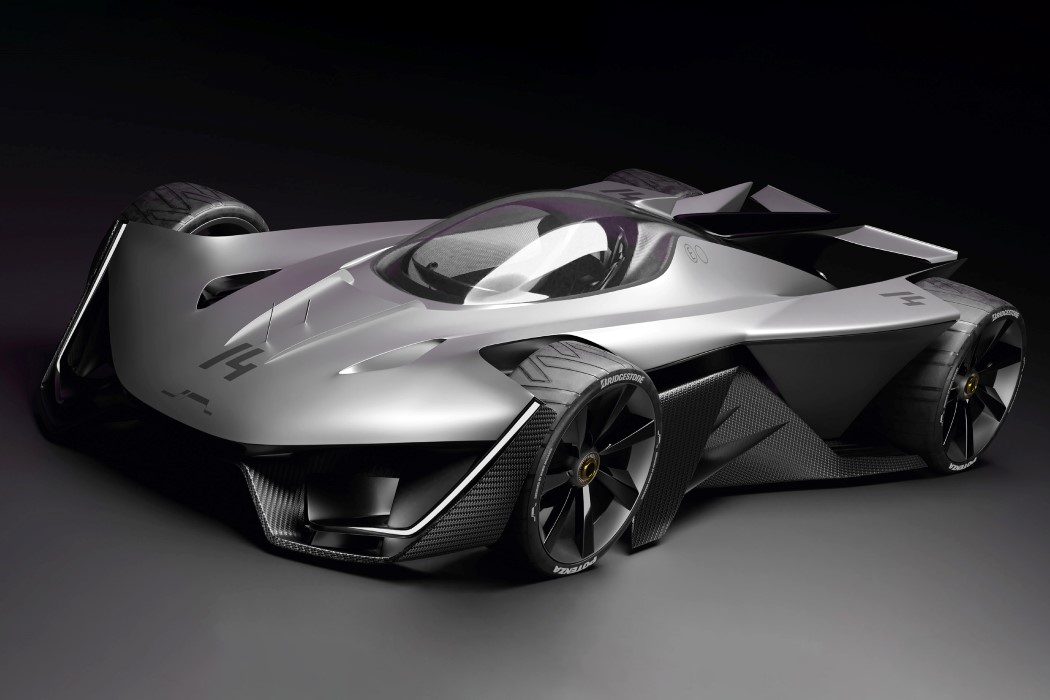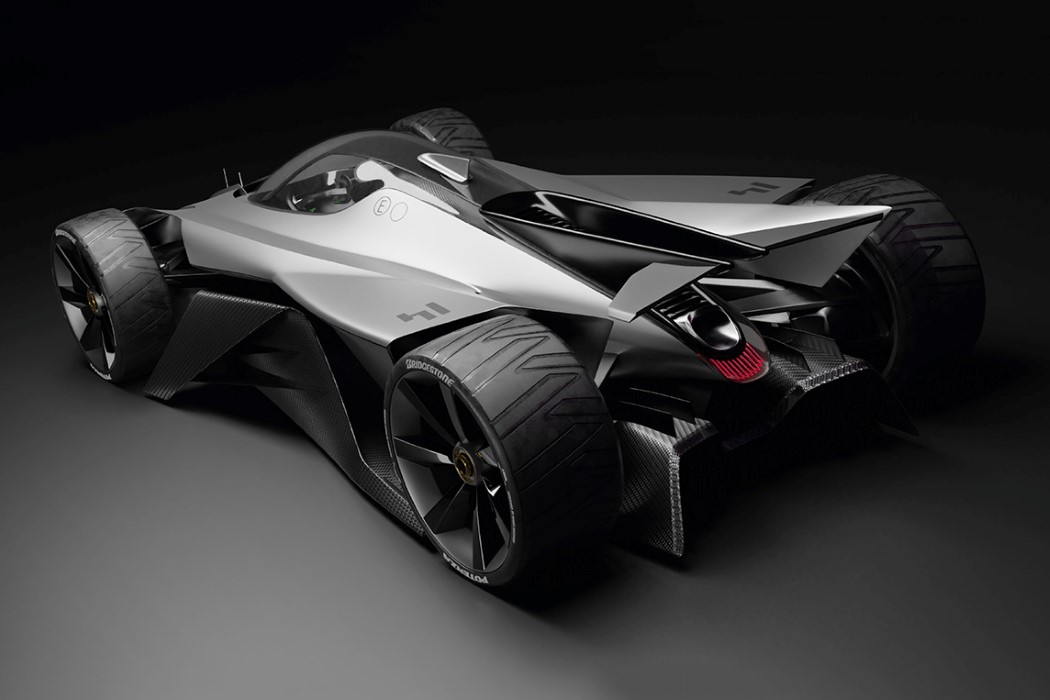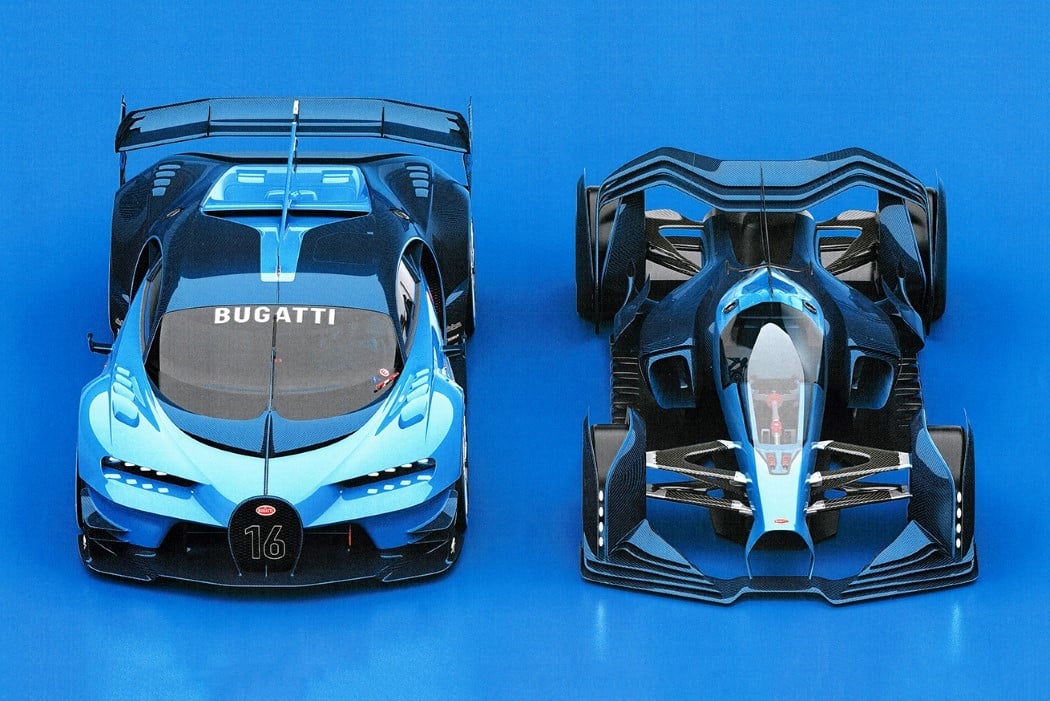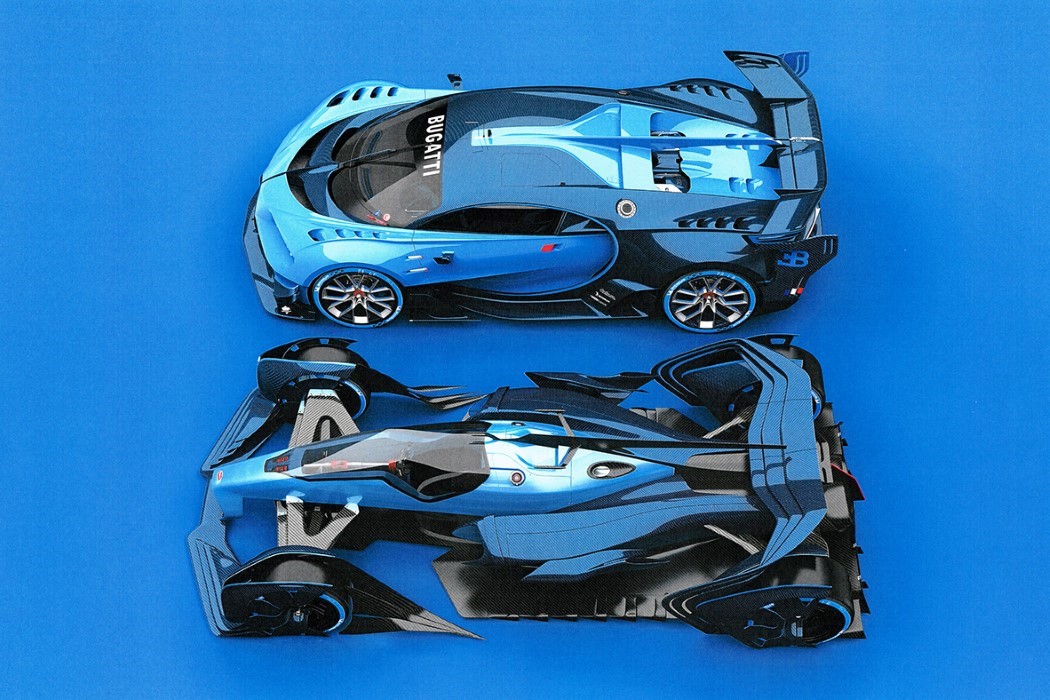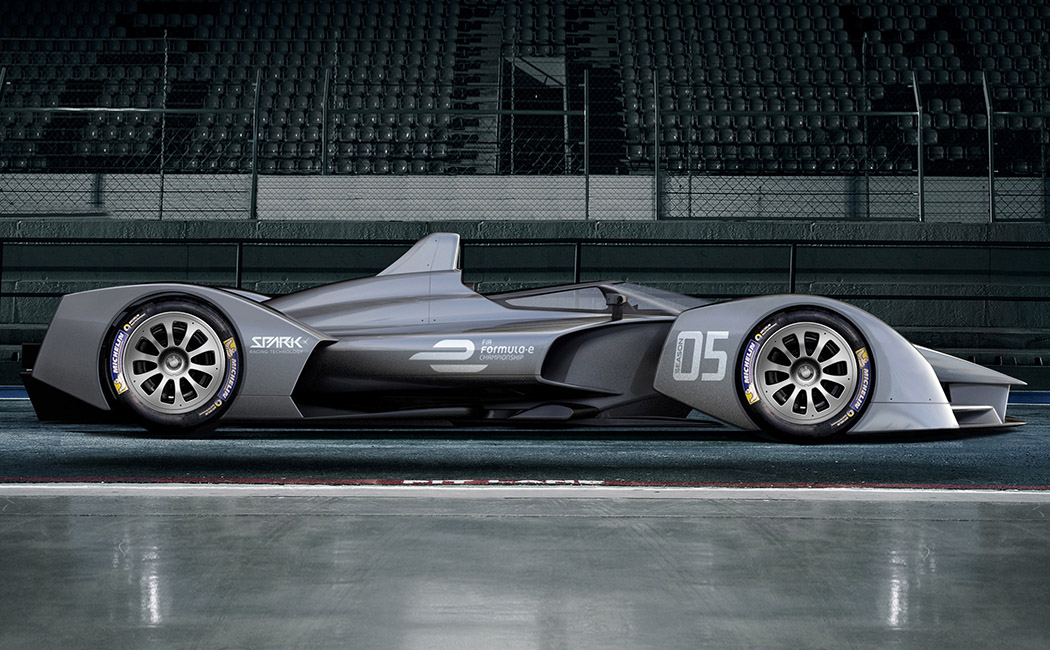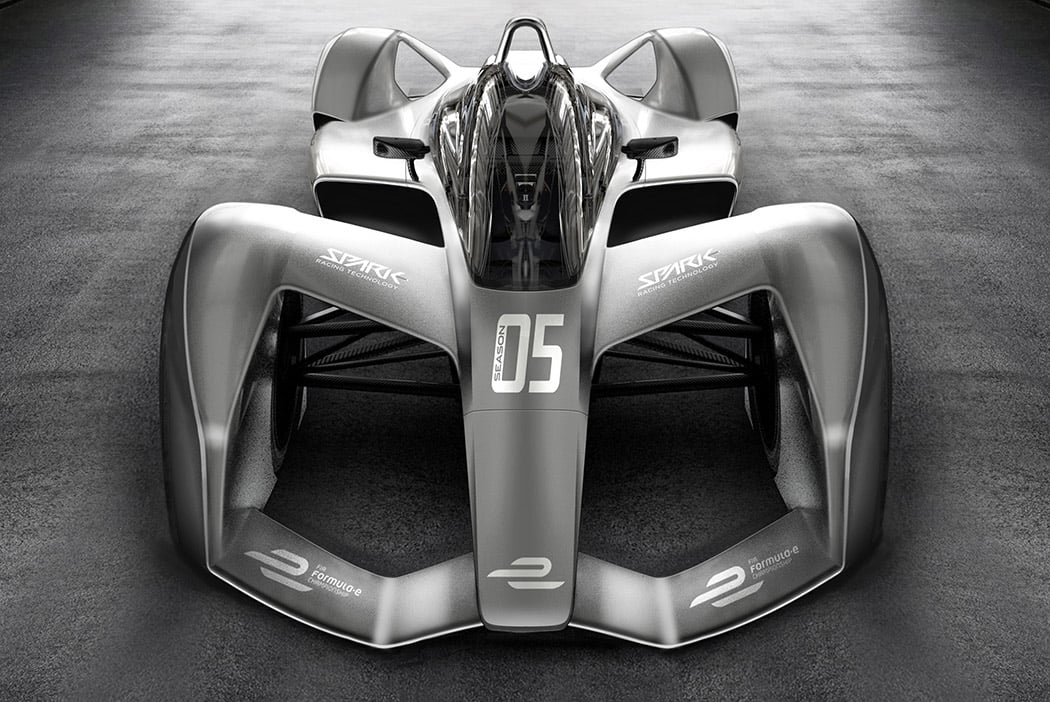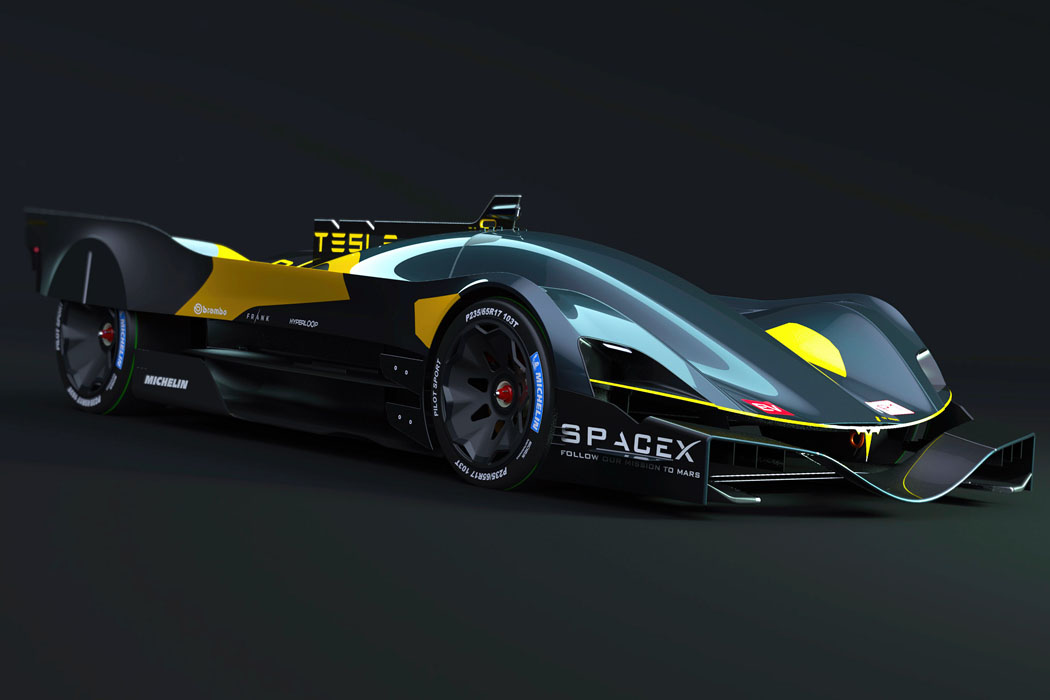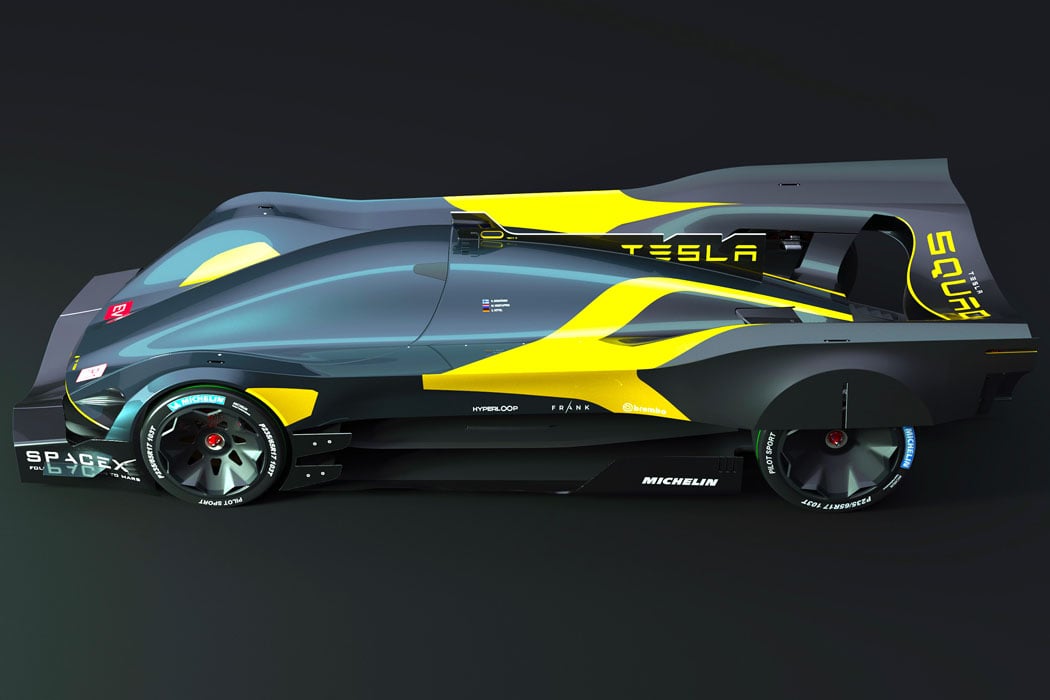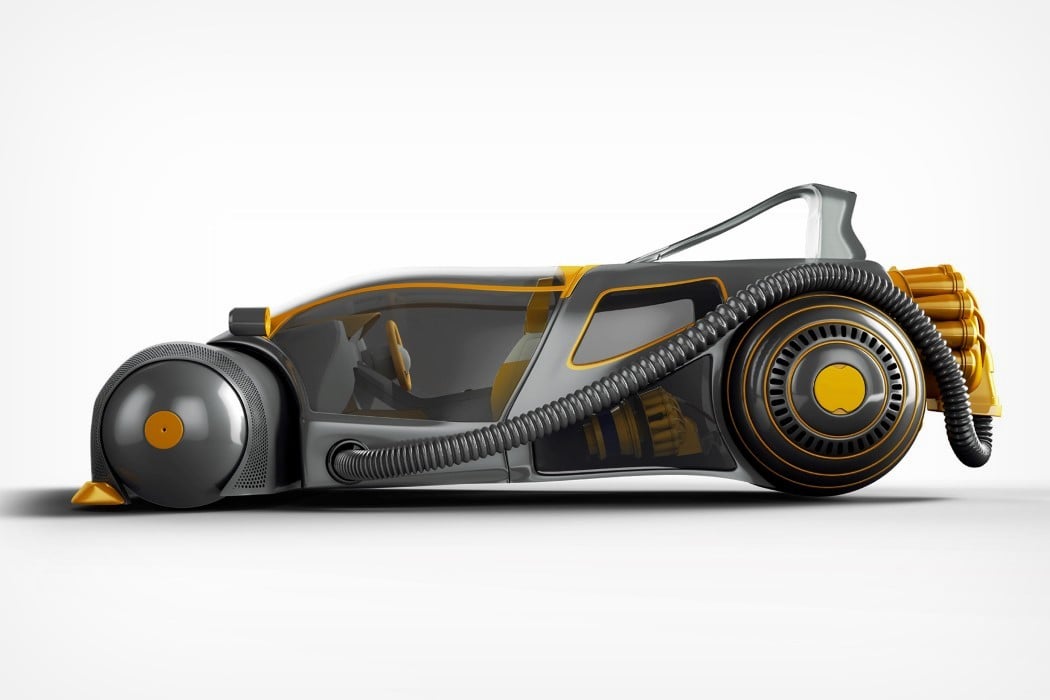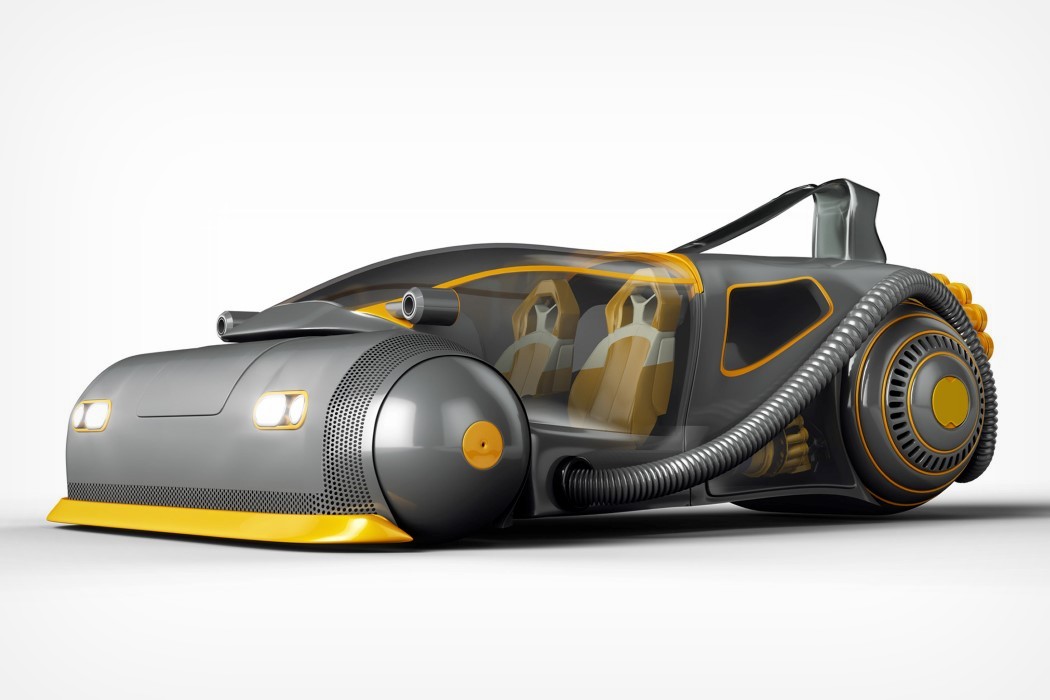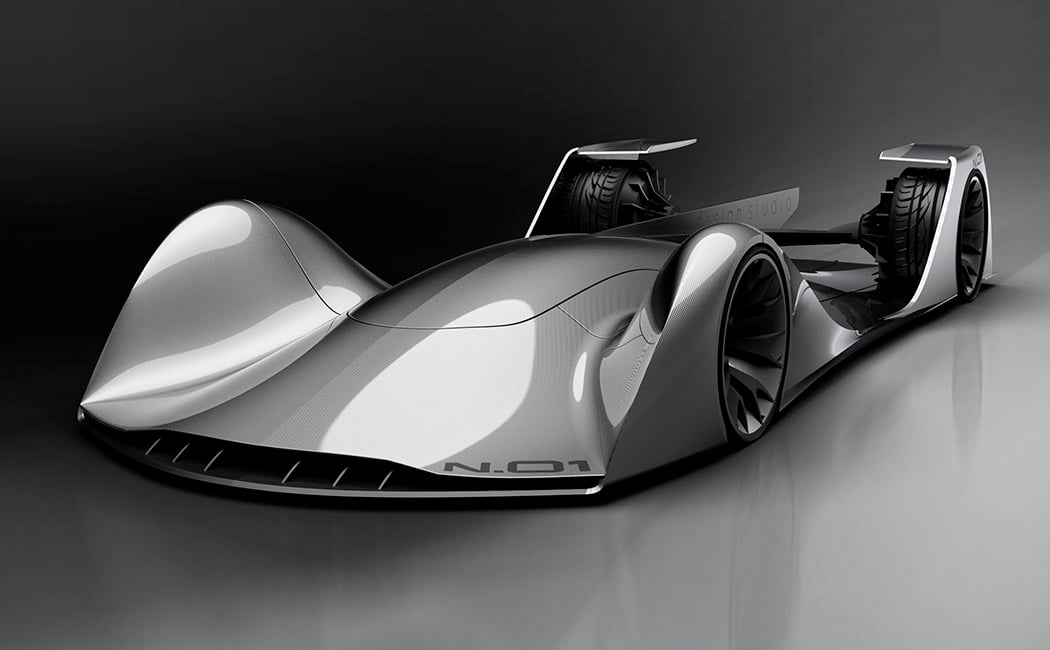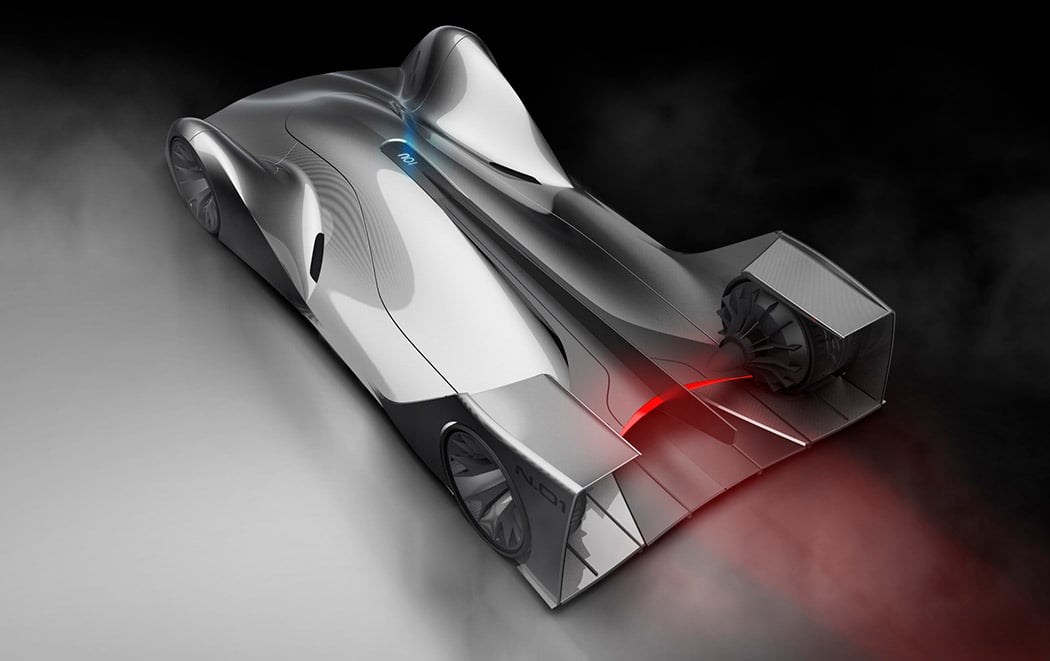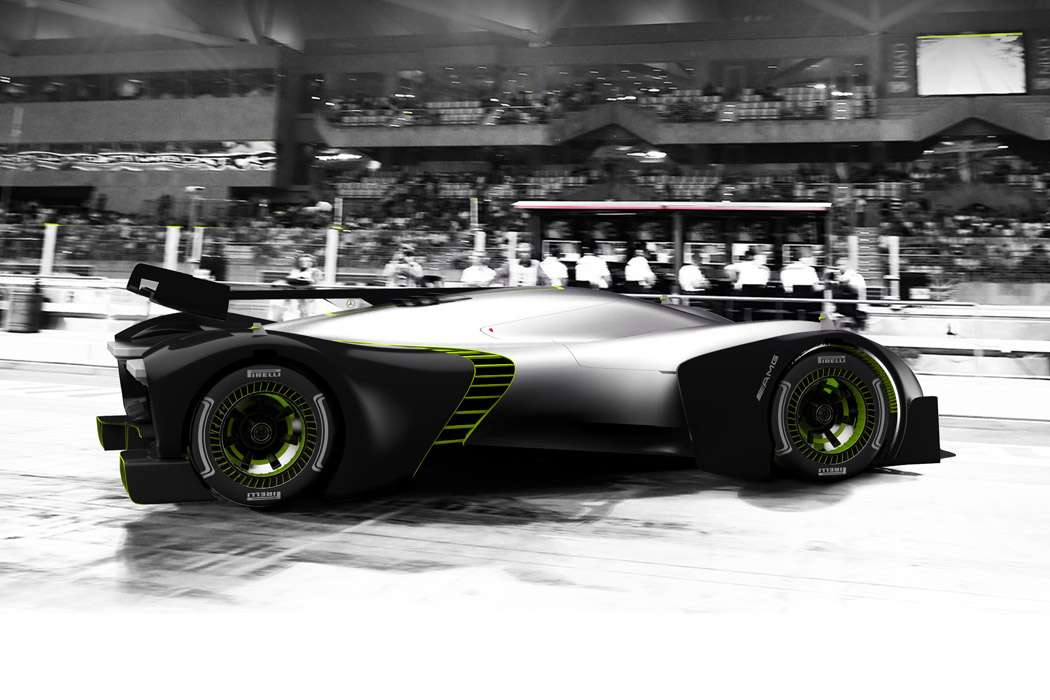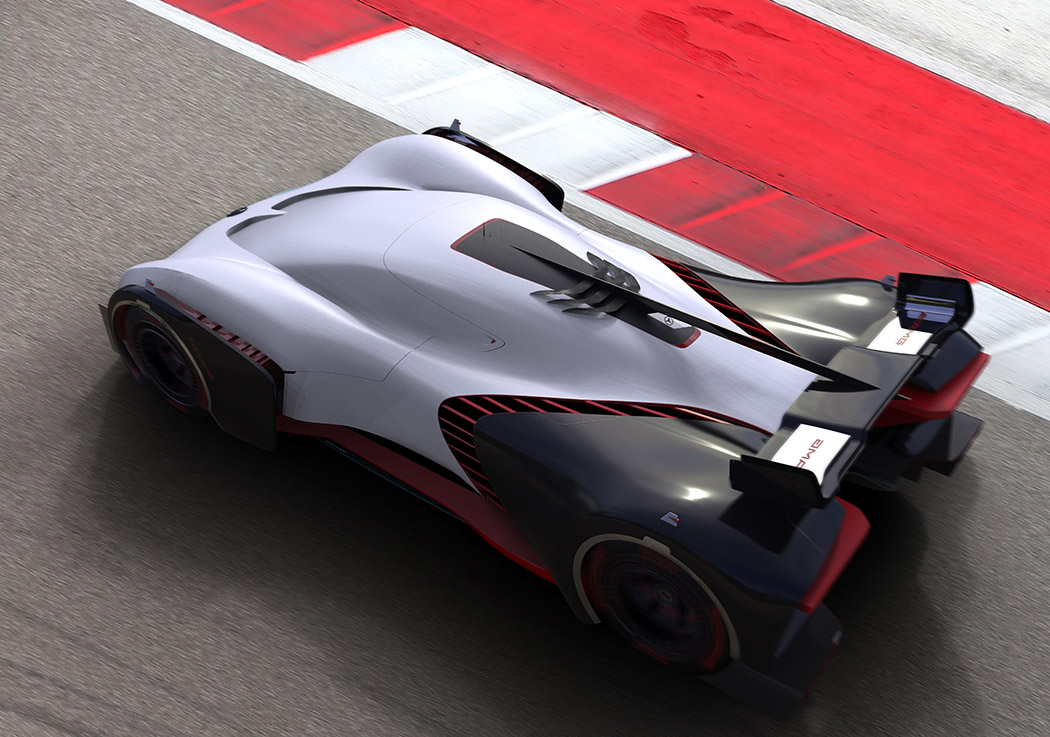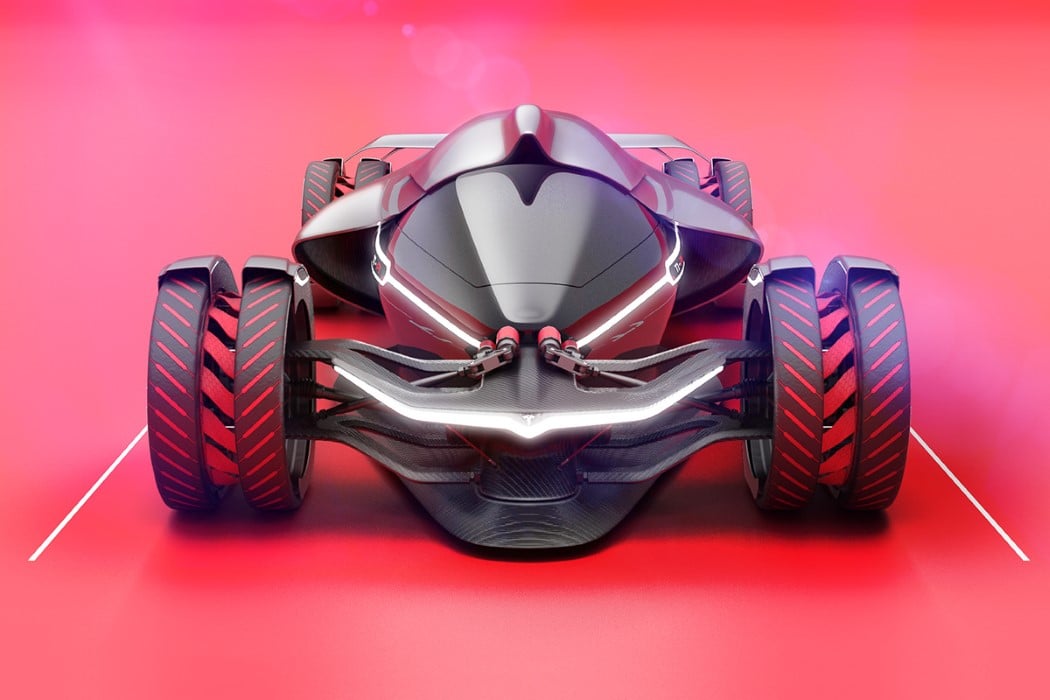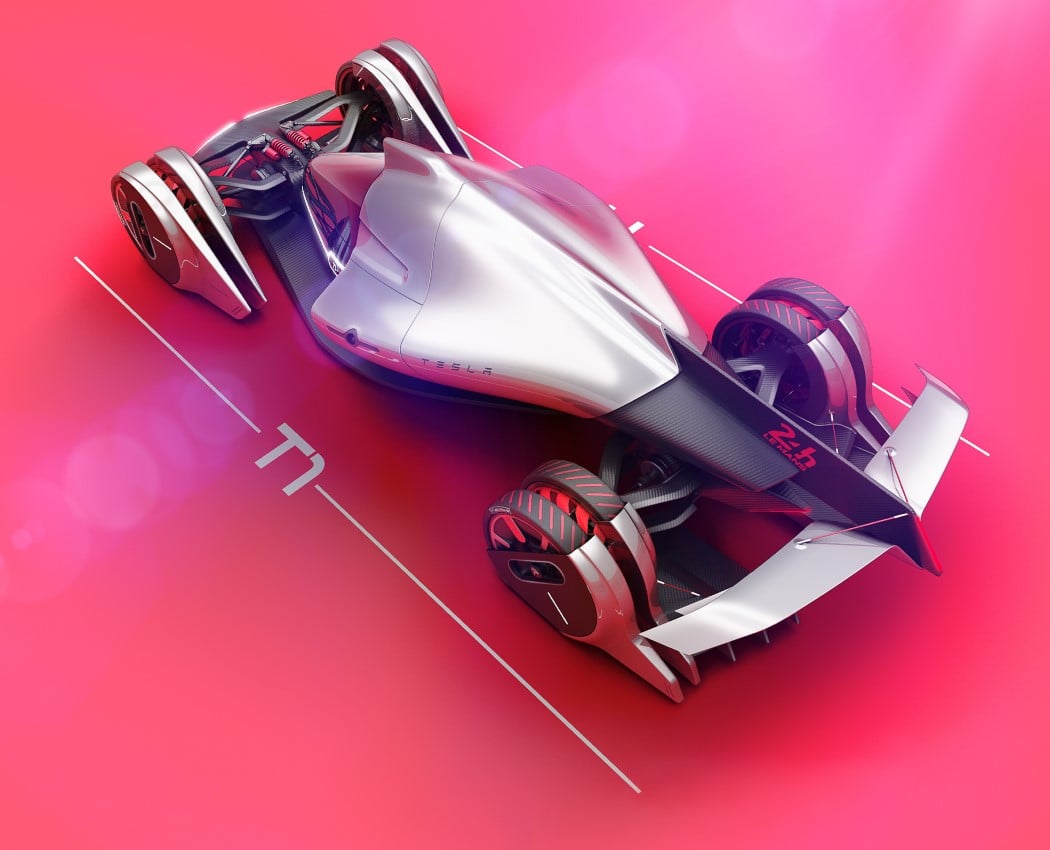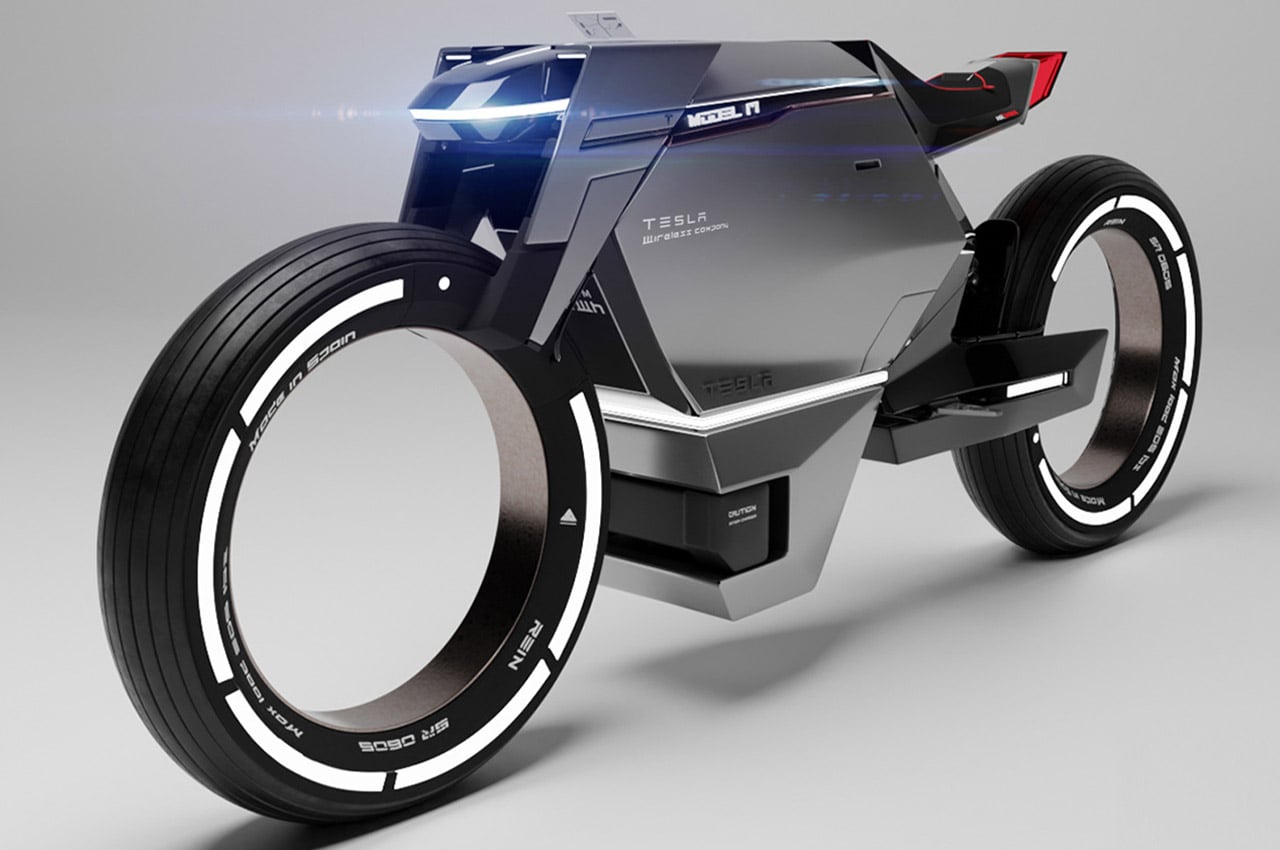
We’ve been seeing a torrential and exciting downpour of automotive designs at Yanko Design in June 2022. Each automotive was innovative, bringing to us something we had never seen nor experienced before. From killer speed to dashing good looks, to impenetrable safety standards, every automotive we featured at YD broke some design barrier for us, and hopefully, they did the same for you as well. Hence, we’ve curated a collection of automotive designs that we feel were the best of the lot! From Volvo’s edgy electric coupe to a Cybertruck-inspired bossy café racer – each of these drool-worthy automobiles is mercilessly pushing the boundaries of the automotive industry! Automotive enthusiasts will be itching to get their hands on them, and take them for a spin on the streets!
1. Model M
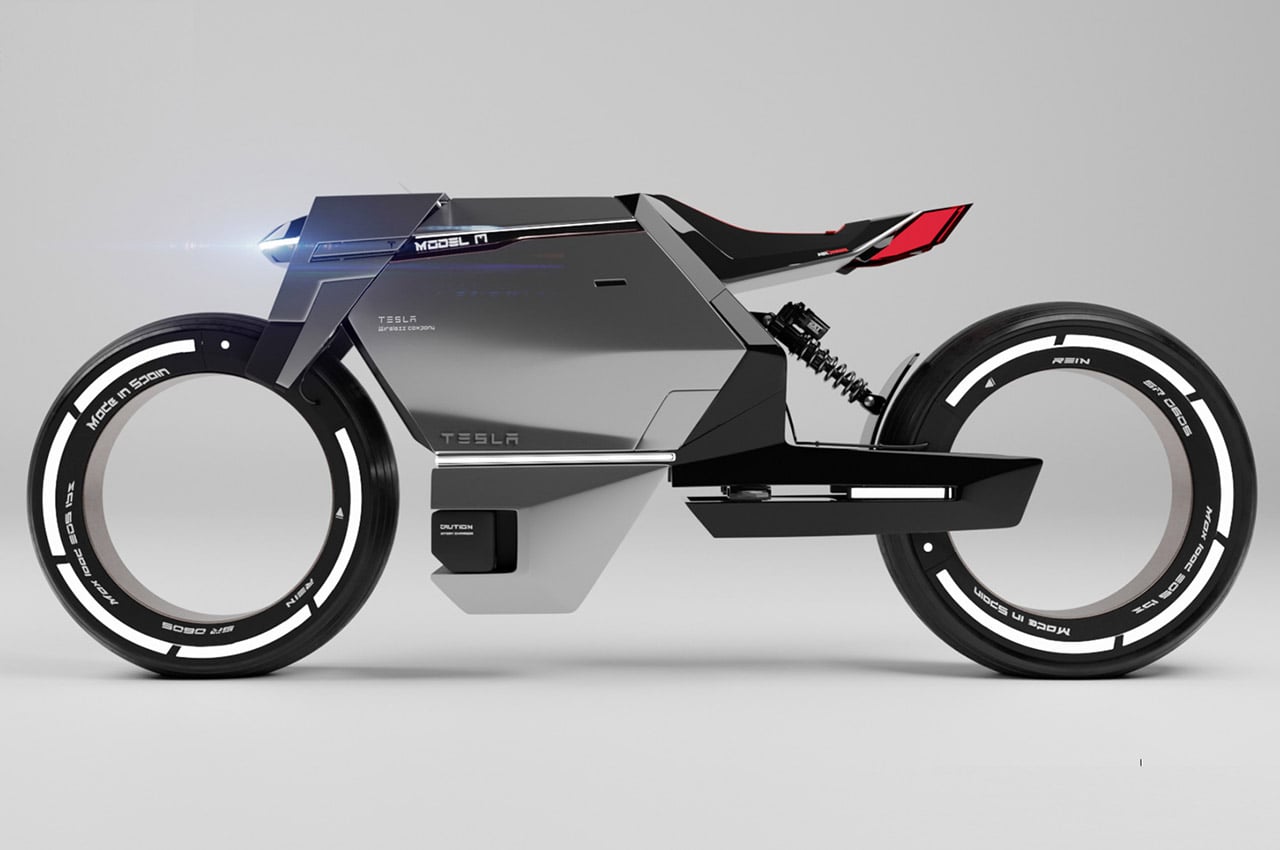
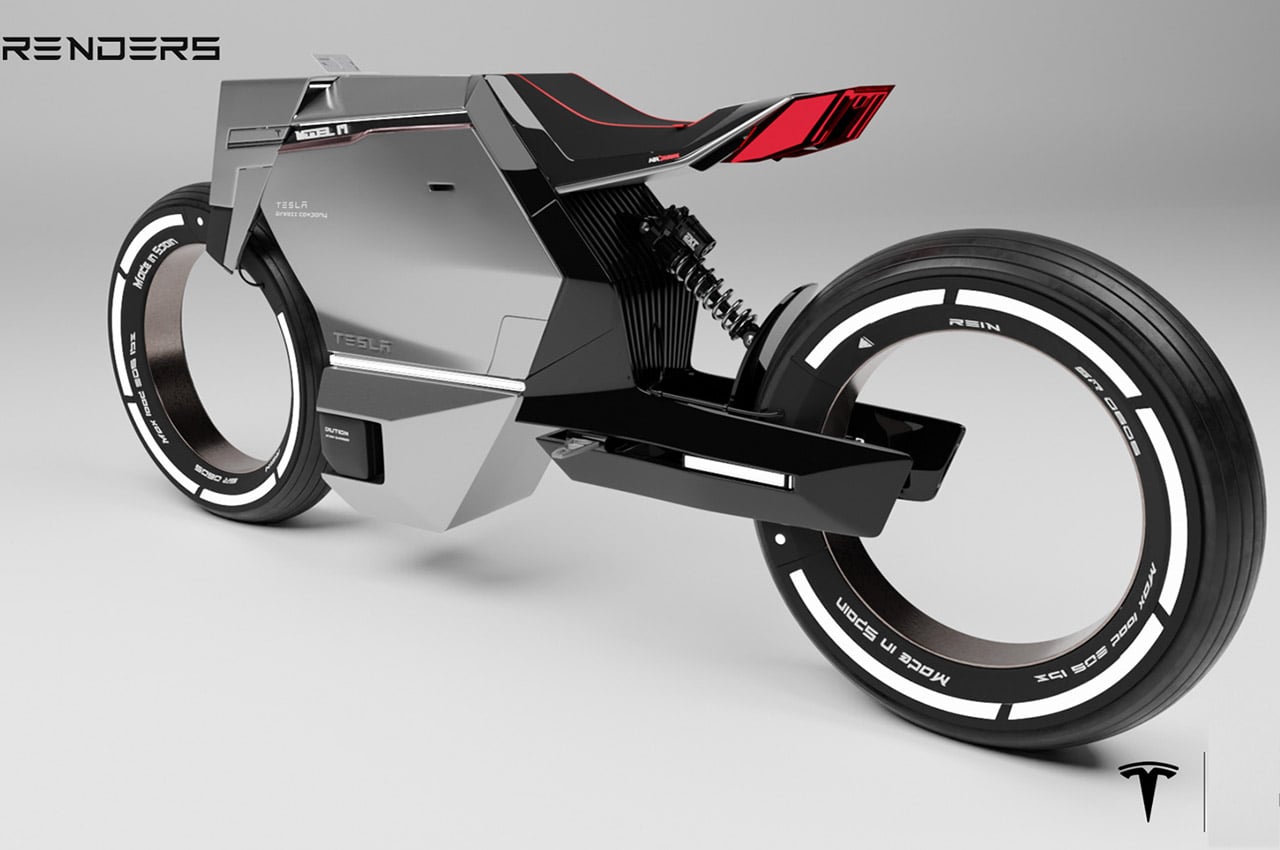
Model M is designed keeping in mind the tight urban spaces, hence, the detachable handlebars make complete sense. The electronic kickstand makes the ride easy to park without any hassles. When it comes to adventure escapades, Tesla Model M has your needs covered. Right where the fuel tank of traditional bikes is, there is a detachable bag with its own battery that powers the lights and the multimedia system. The bag comes with its own start/stop system that acts as an anti-theft mechanism.
2. Volvo EV
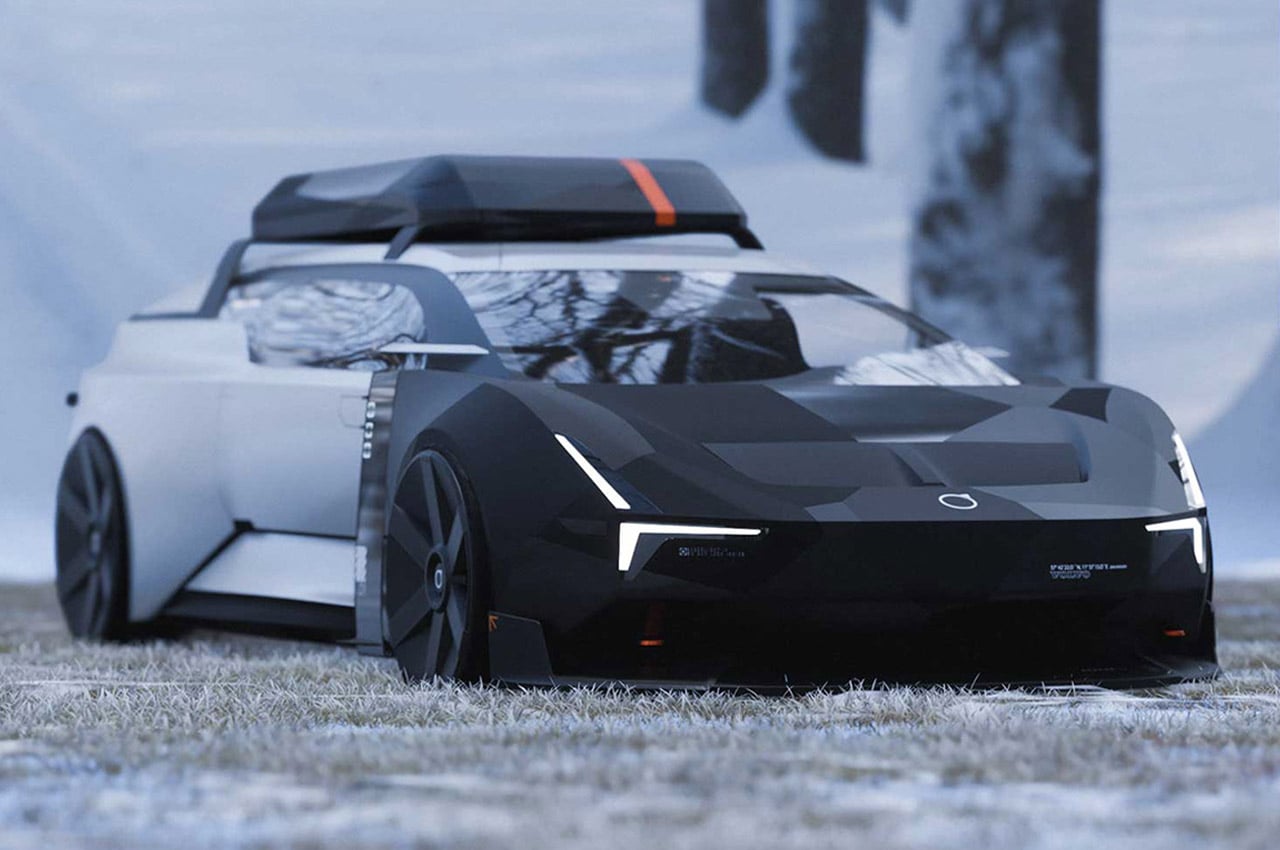
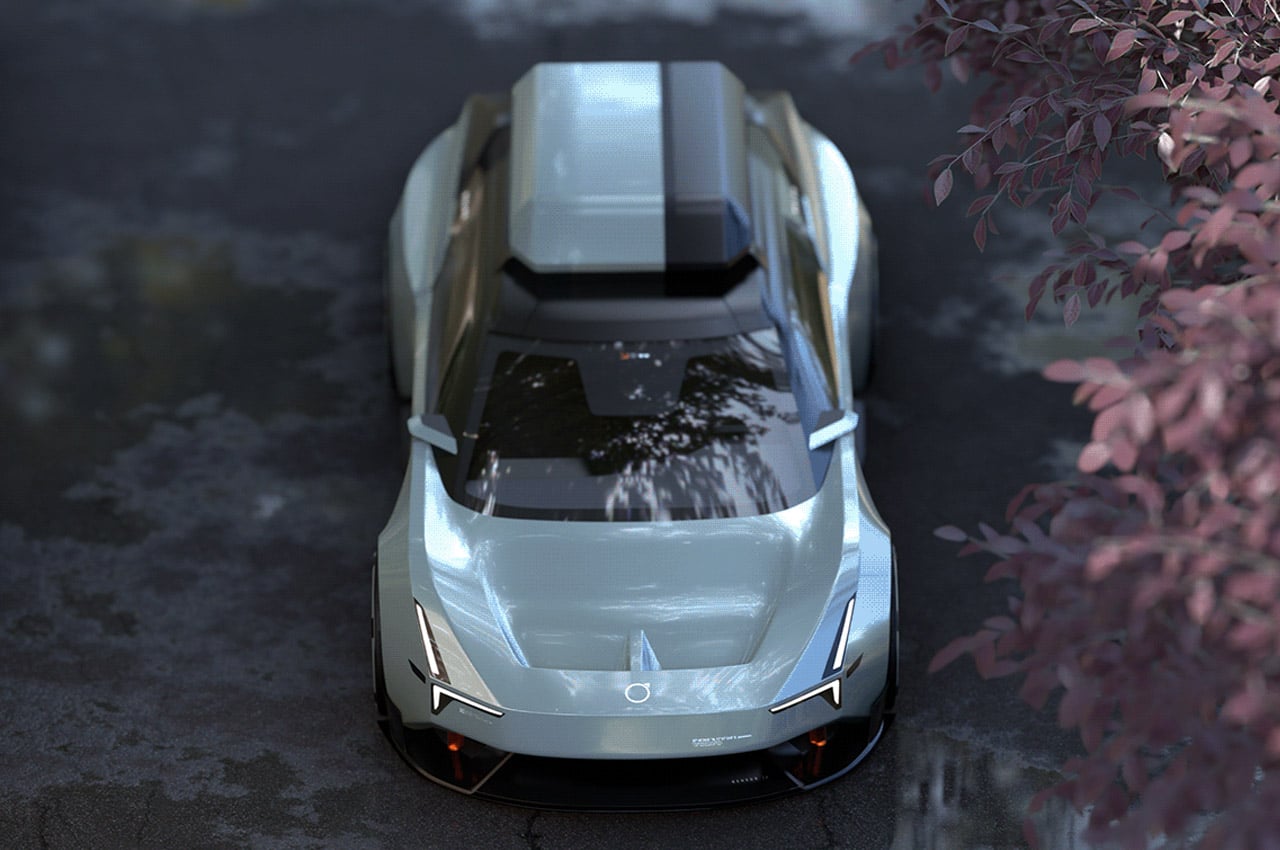
Created as a weekend project by the designer, this sustainable vehicle design is surprisingly rooted in a telephone doodle inspiration. The typical electric car aesthetics are apparent in the form of a sharp, edgy design language. The hood of the car has a geometric pattern that gives it a sci-fi appeal and the rear has a typically squarish persona to it. Right from the headlights, side profile to the taillights and the roof carrier all have a definitive geometry to them. The designer has kept the widebody stance of this Volvo very upfront, suggesting its dominating road presence.
3. The Jetson ONE

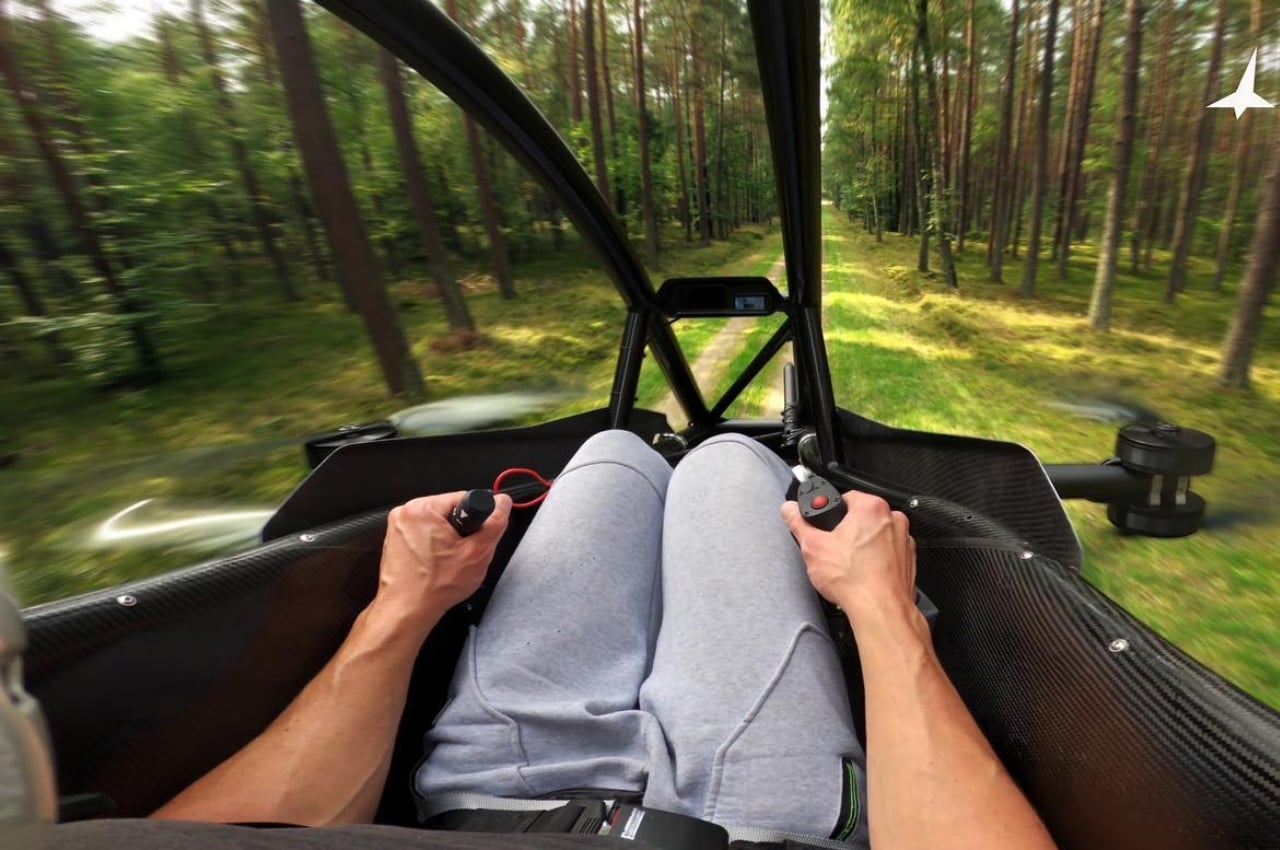
Flying cars have been in works of science fiction for decades. The idea of flying freely in the skies, without having to share seats with dozens of strangers, has appealed to the imagination ever since man first dreamed of flying. In recent times, however, that dream has almost become a future necessity if the problem of traffic congestion and personal travel is to be ever solved. The Jetson ONE is one (no pun intended) of those solutions currently in active development, and it may have just taken one step closer to making that dream come true. Company co-founder and inventor Tomasz Patan took a working prototype for a spin and commuted from home to work as if flying on a racecar turned helicopter was the most normal thing in the world.
4. Audi x Nunam Electric Rickshaw
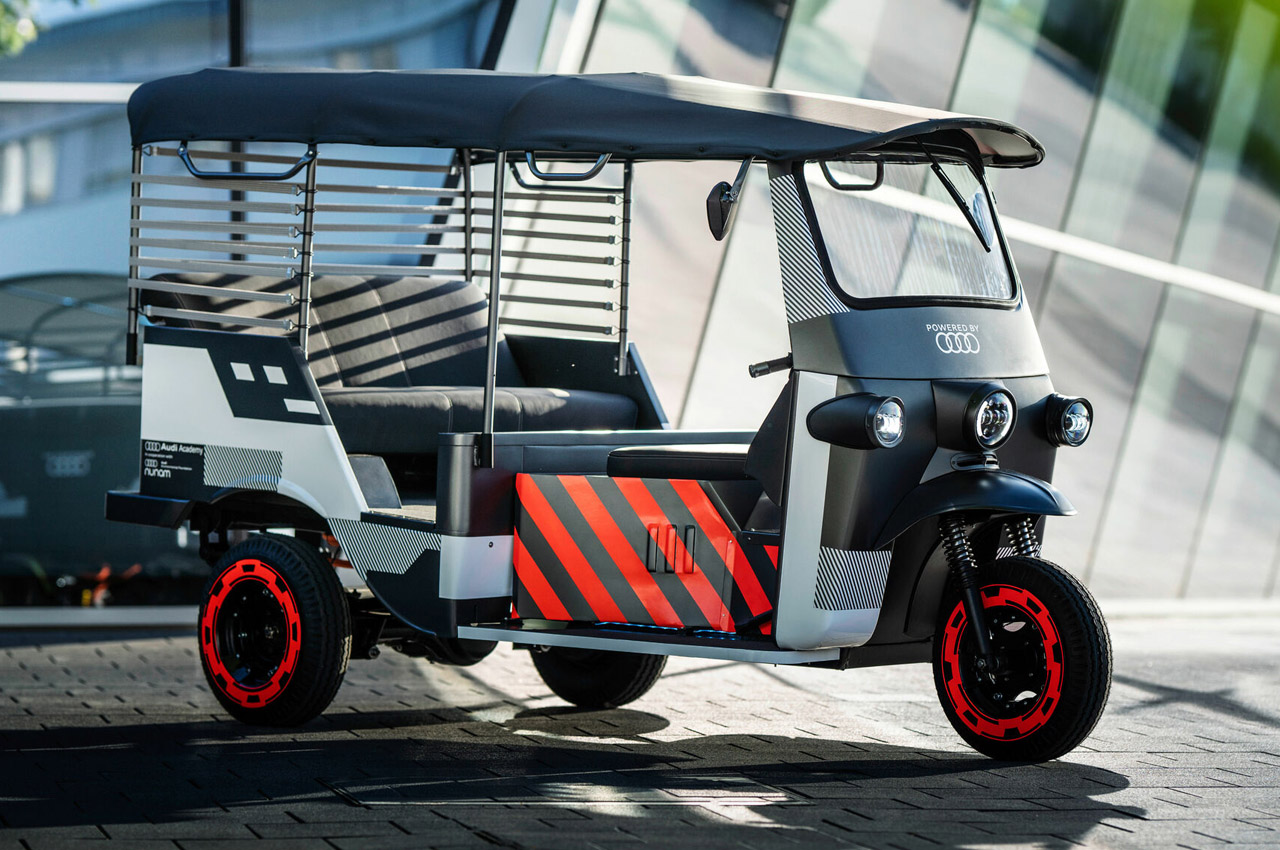
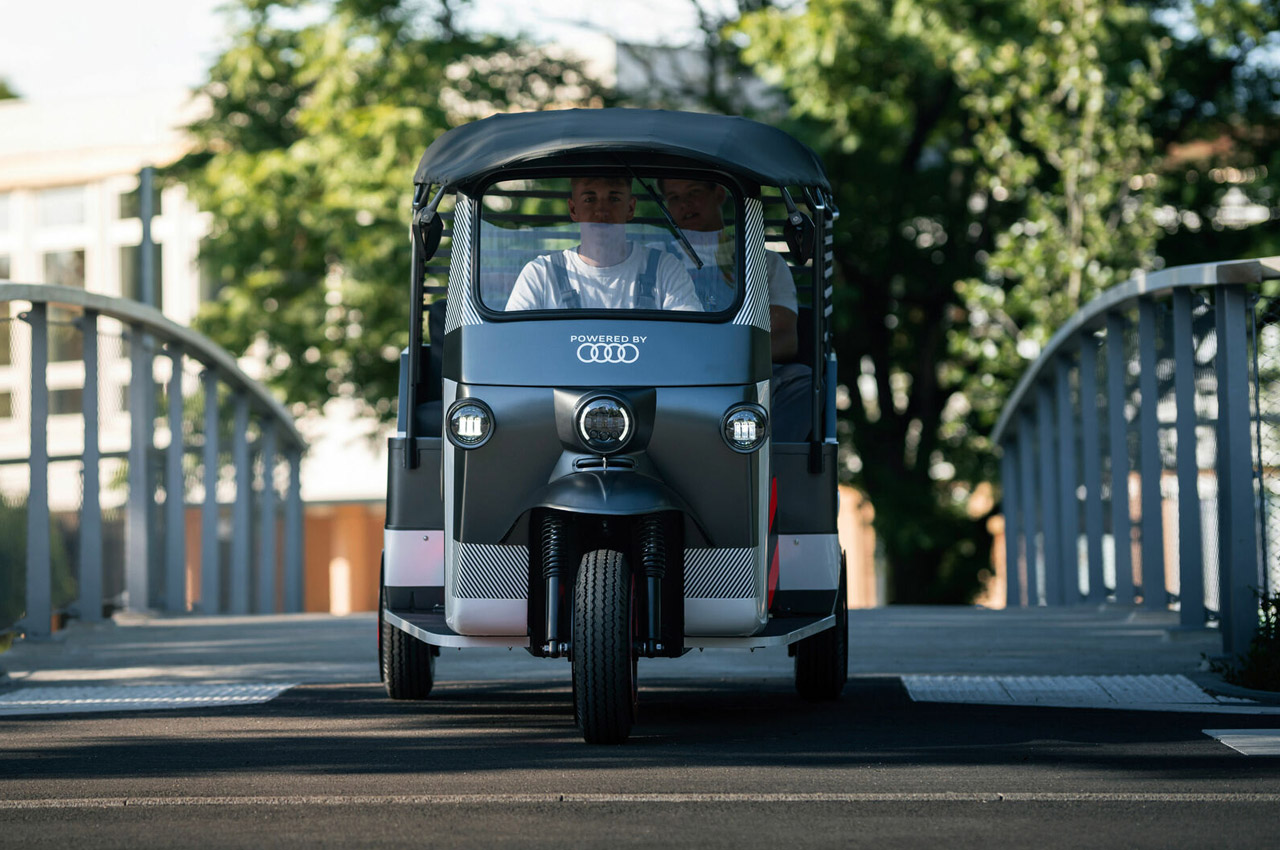
Audi has partnered with German-Indian startup Nunam to bring electric rickshaws to the Indian roads courtesy of the automotive giant’s sourced second-life batteries. These batteries will be sourced from the Audi e-tron test vehicles and will be the perfect example for other EV makers to take a leaf from their book. The Audi Environmental Foundation, Audi AG, and Nunam plan to bring three electric rickshaws to the Indian market which is going to boost the employment for women too.
5. The Codalunga
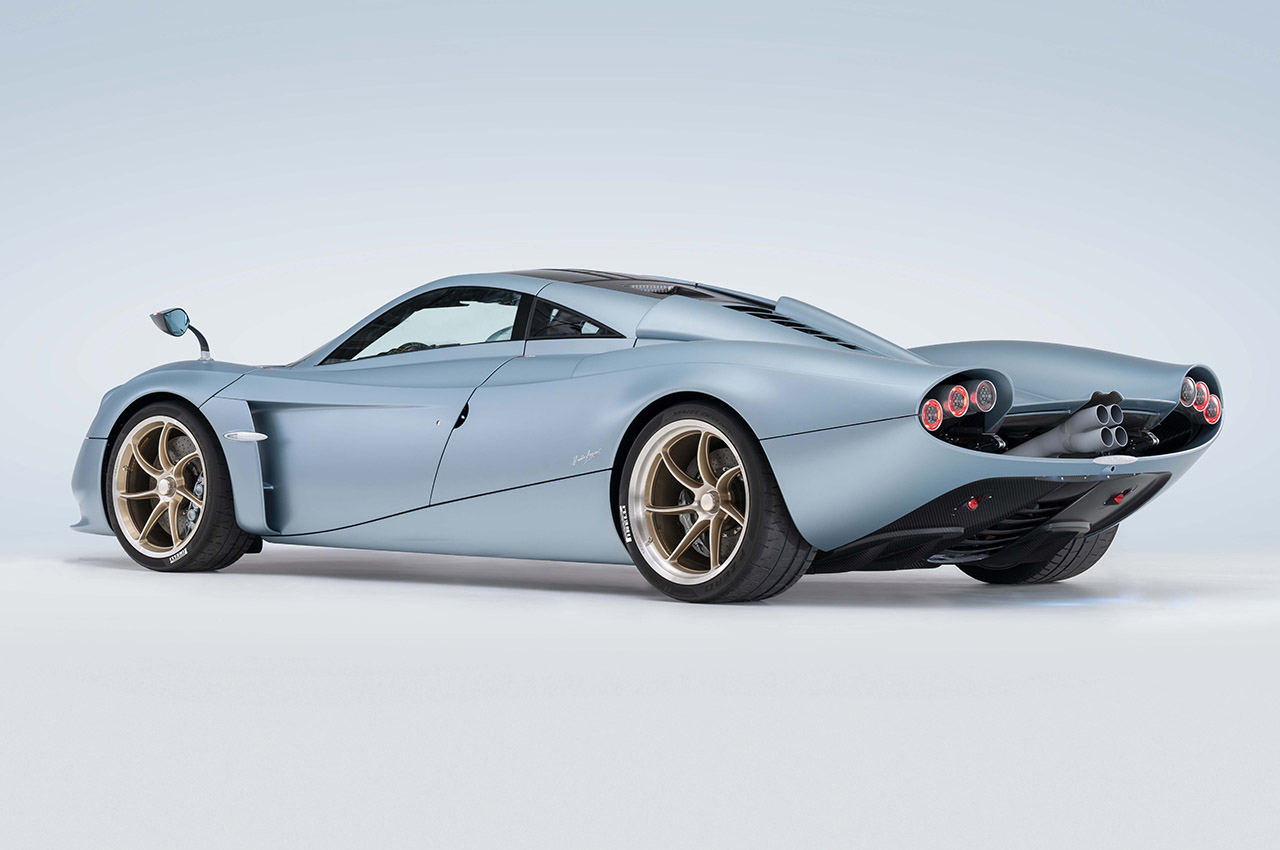
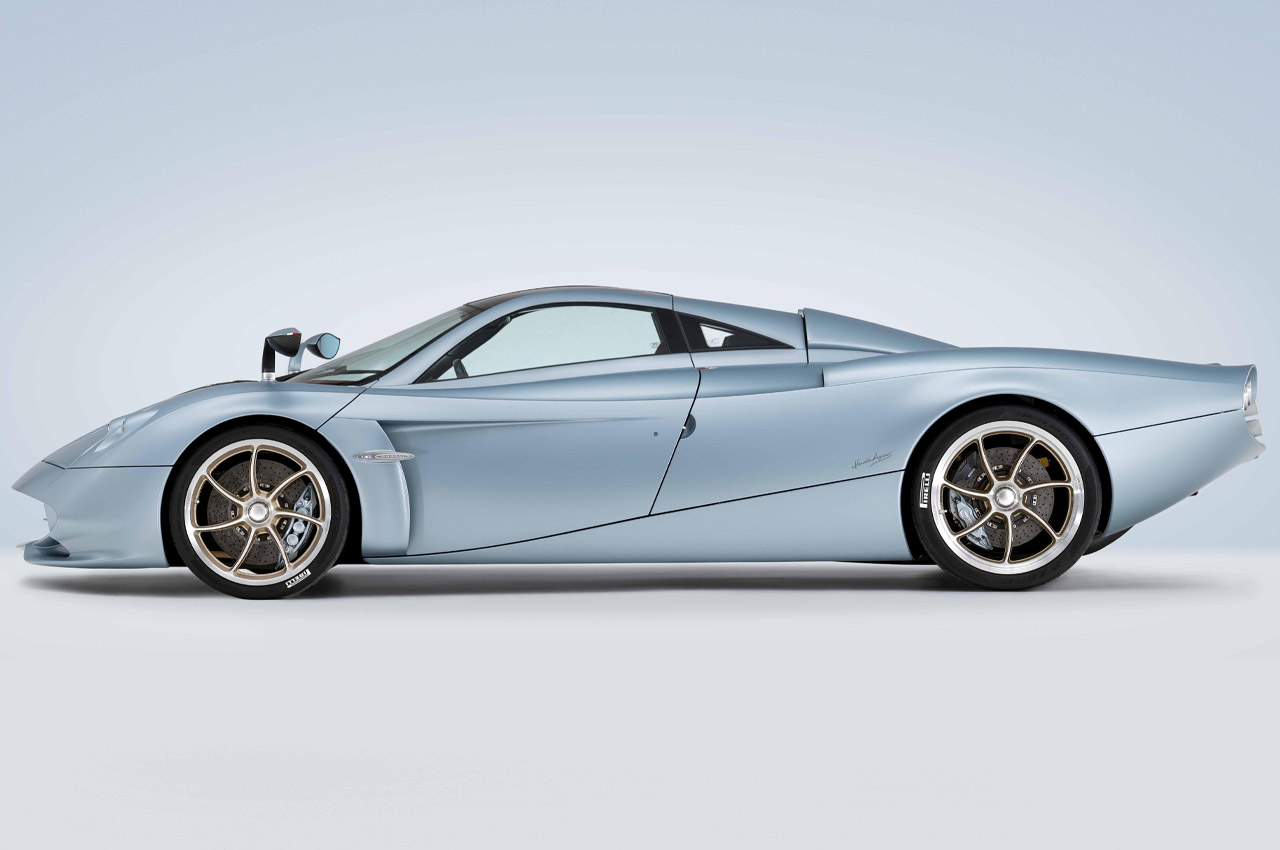
This nostalgic racer gets a powerful 6.0-liter AMG V12 engine producing 840 horsepower and 811 pound-feet torque. Codalunga is a rear-wheel-drive mated to a 7-speed sequential transmission. The silver lining is its dry weight of 2,822 pounds which is around 154 pounds less than the Huayra. So, I can safely bet it will match (or even better) the acceleration of 0-60 mph in under 3.0 seconds and a top speed of 220 mph, given its Huayra DNA. The shedding of pounds is attributed to the ditched rear grilles and adding a titanium exhaust that weighs only 9.7 pounds. To a motorhead’s delight, the car’s exposed exhaust system means more sex appeal, if I can put it mildly.
6. The ZID Electric Scooter
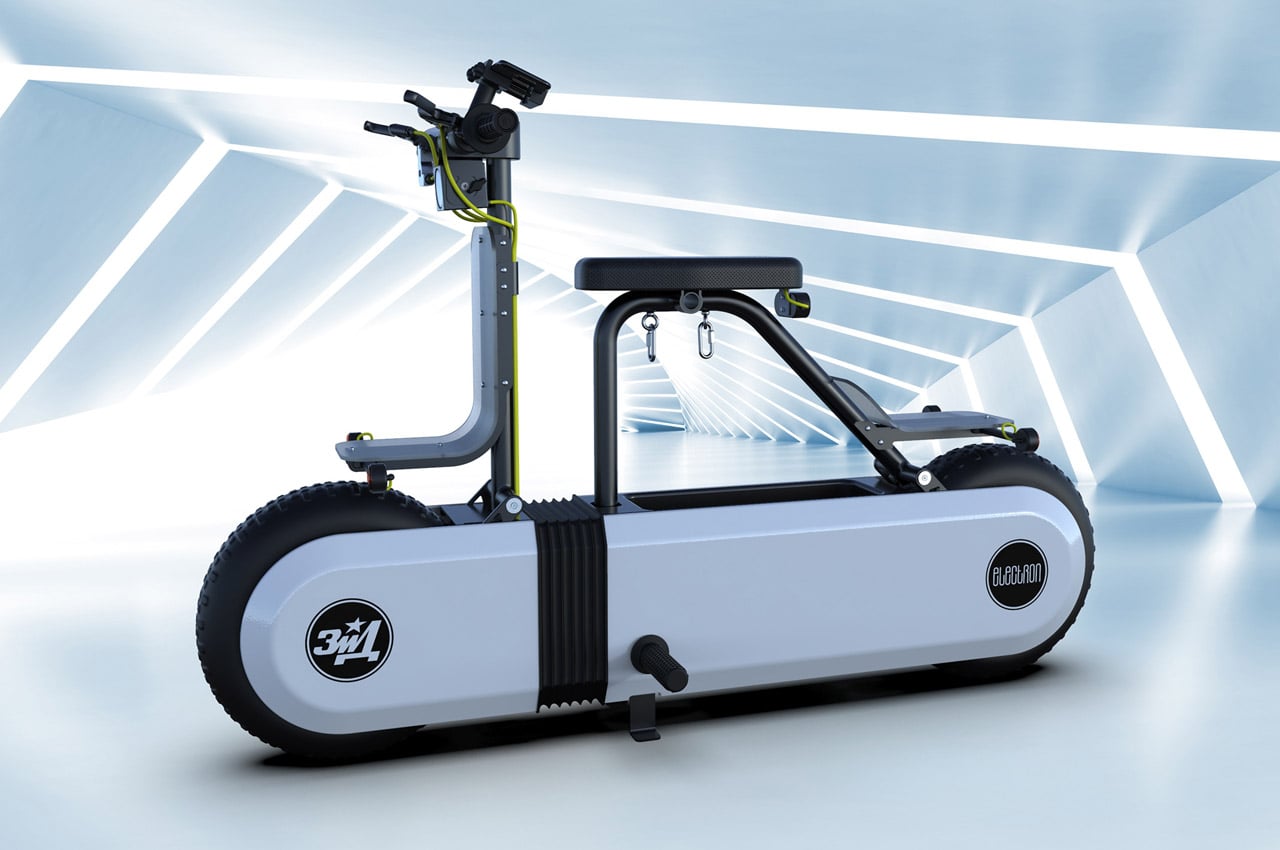
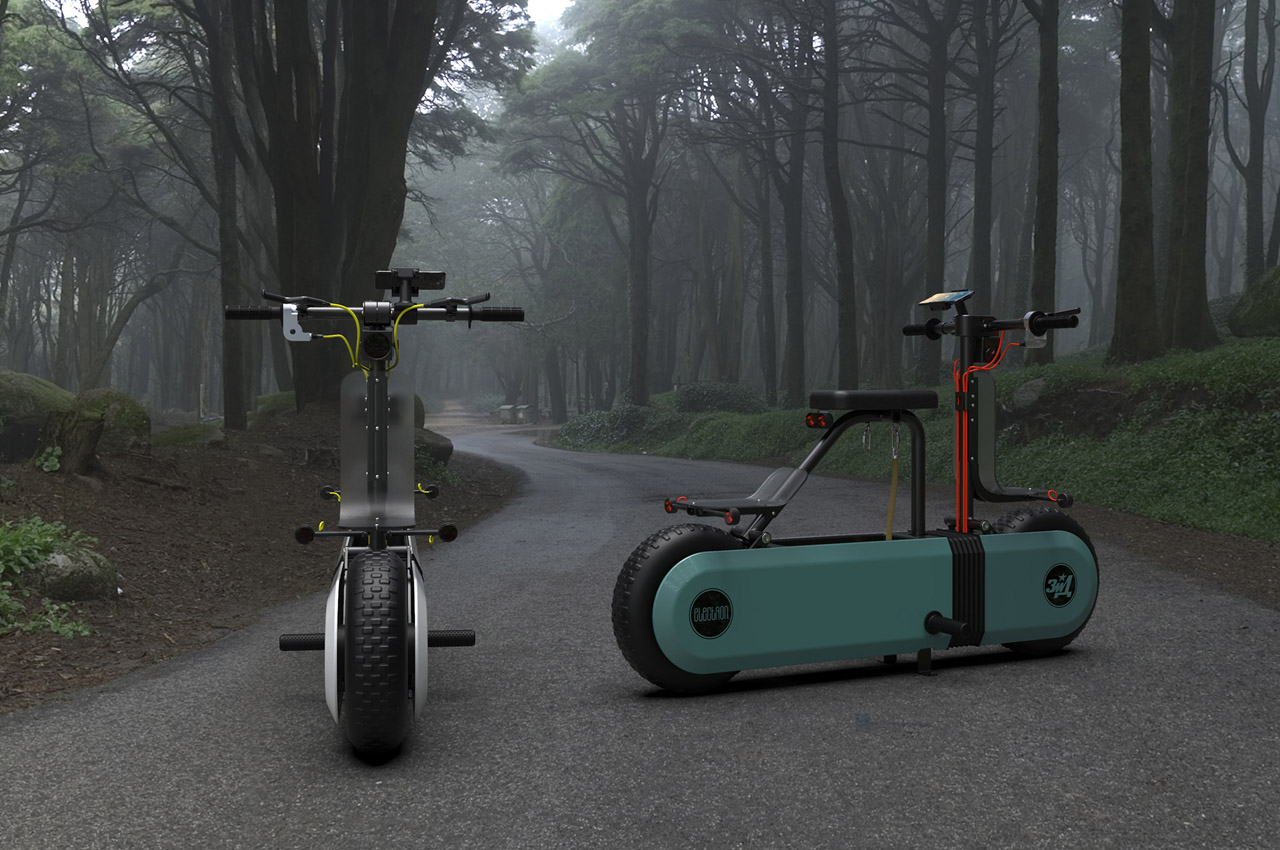
The ZID electric scooter cruiser is the successor to the uber geometrically inclined electric commuter that seems well ahead of its time and in sync with the demand for clean energy mobility. Following suit, this newer version maintains the futuristic appeal while toning things down for a more practical form. The front and the rear wheels are connected with a covered frame with a movable section dividing the two – obviously, this thing has to make sharp turns too!
7. Dhanak’s exoskeletal off-roader
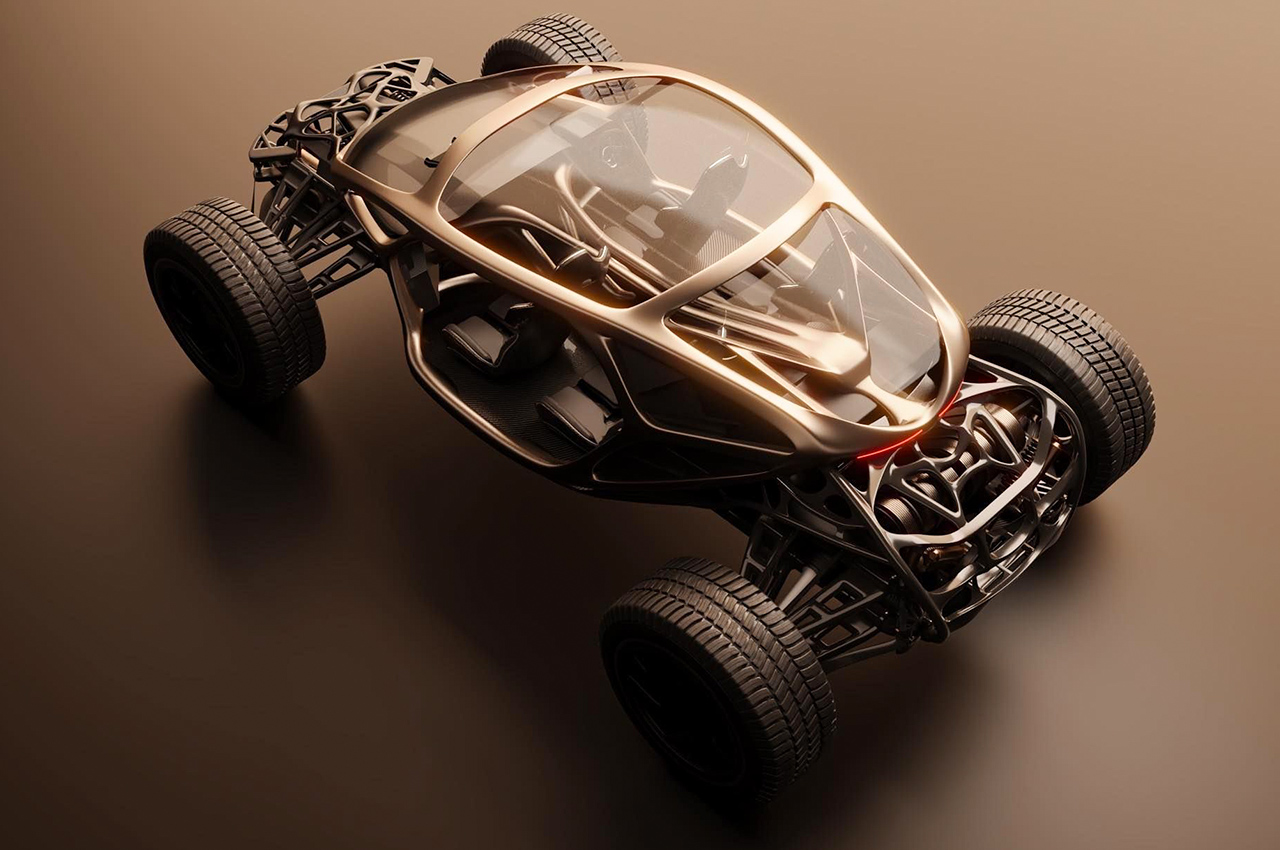
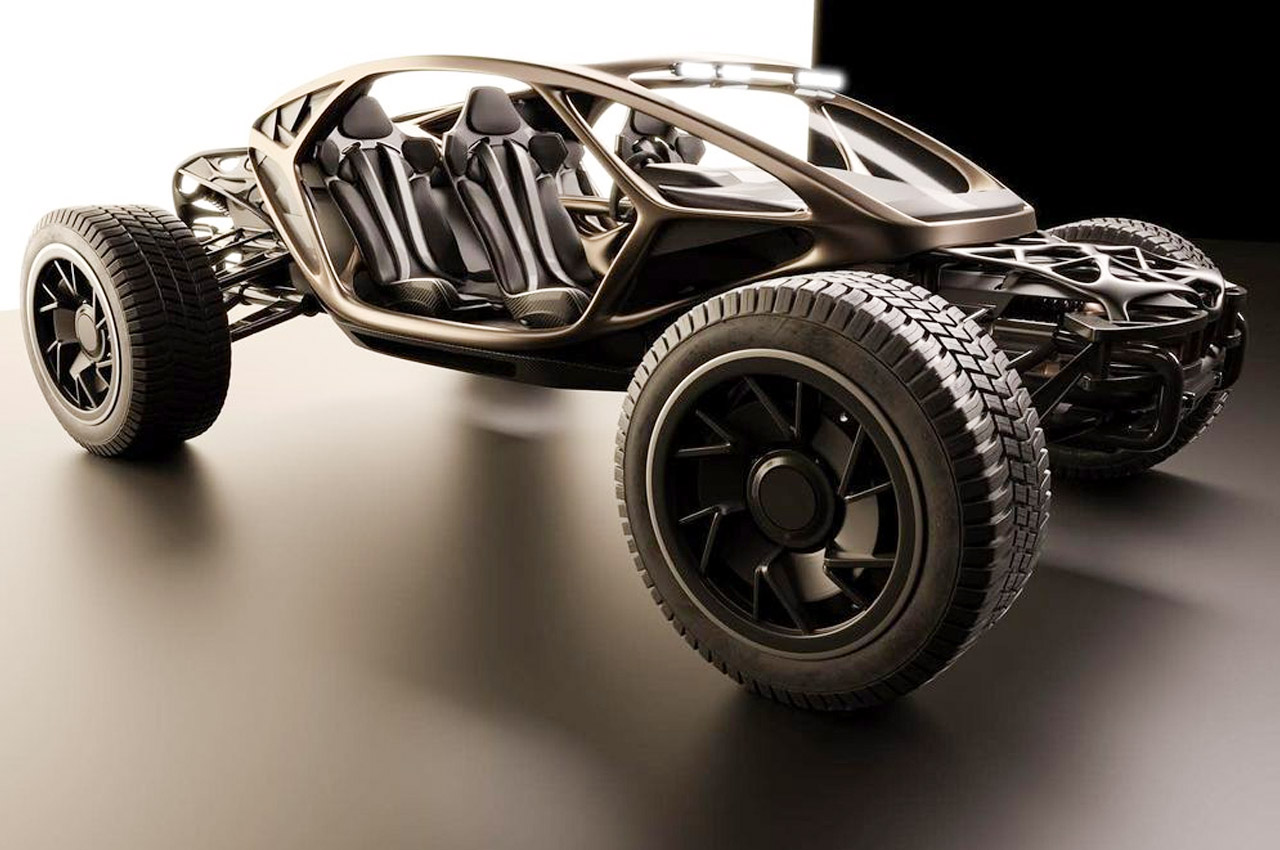
This seems more like a buggy on a strict weight loss regime, and a lean muscular body to prove it right! The well-tuned electric motor drives the rear wheels of this two-seater machine capable of accelerating fast from a standing position to breakneck speeds. Those broad chunky tires with deep treads and the reinforced independent suspension on each wheel signal the off-roader’s ability to take on any surface with ease. The wide stance ensures stability while maneuvering swiftly at respectable speeds. To add a bit of modern touch to the design, there is the panoramic glass roof running all the way back to the rear.
8. BMW IM Vision
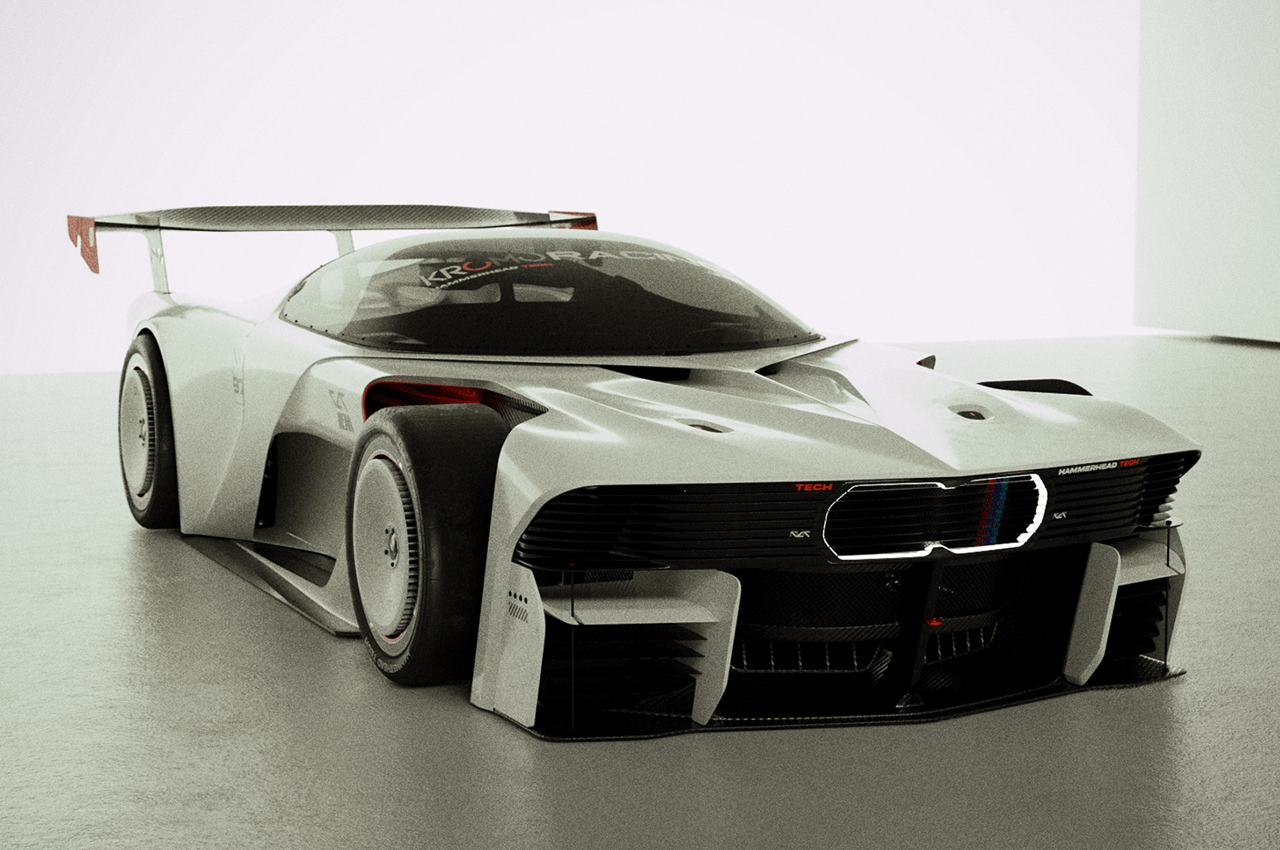
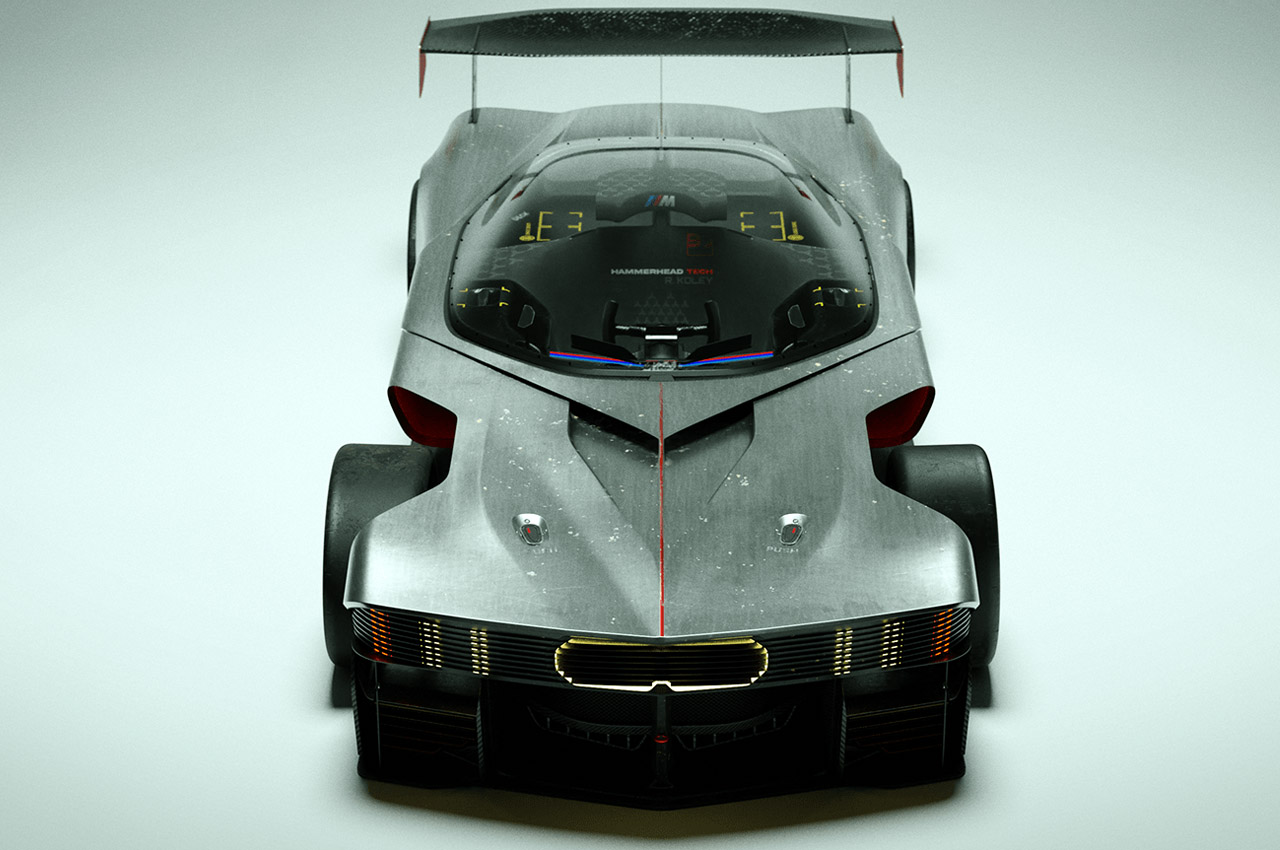
Meet the hybrid BMW IM Vision sports car tailored for the rush of speed while being sensibly powered by an advanced electric engine. The highest possible efficiency level fused with the sharp looks and mind-boggling horsepower and bhp – well, that’s a rare combination anyone would fall for! This design is inspired by the aerodynamic figure of the future-proof fighter planes like Stealth bomber – which explains the sharp geometric shapes on this one. The exposed structure is influenced by the clear view mono cabin of the war machines. Obviously, the DNA of both the BMW i and M series cars is very apparent in the front grille section, the sidepods, and the sporty rear with that big spoiler.
9. Magnifica
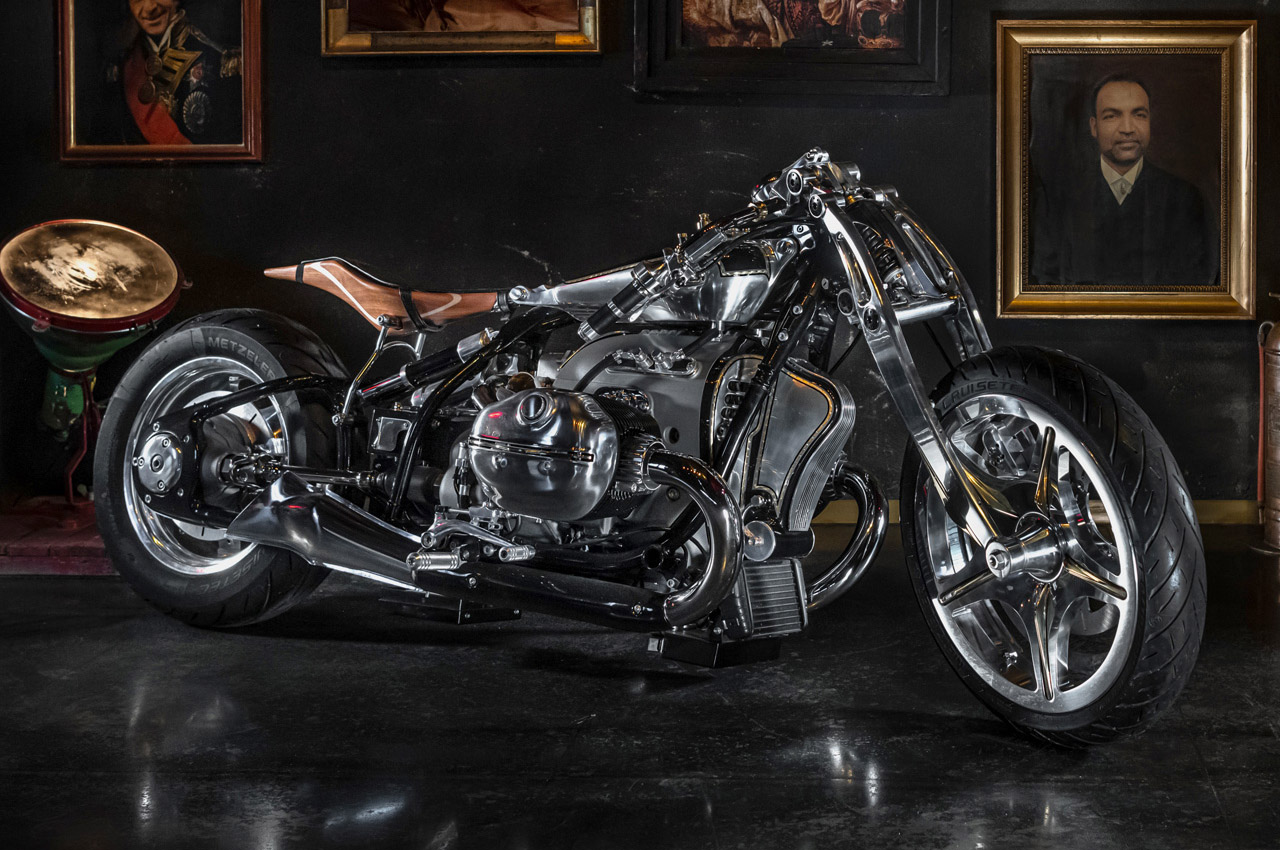
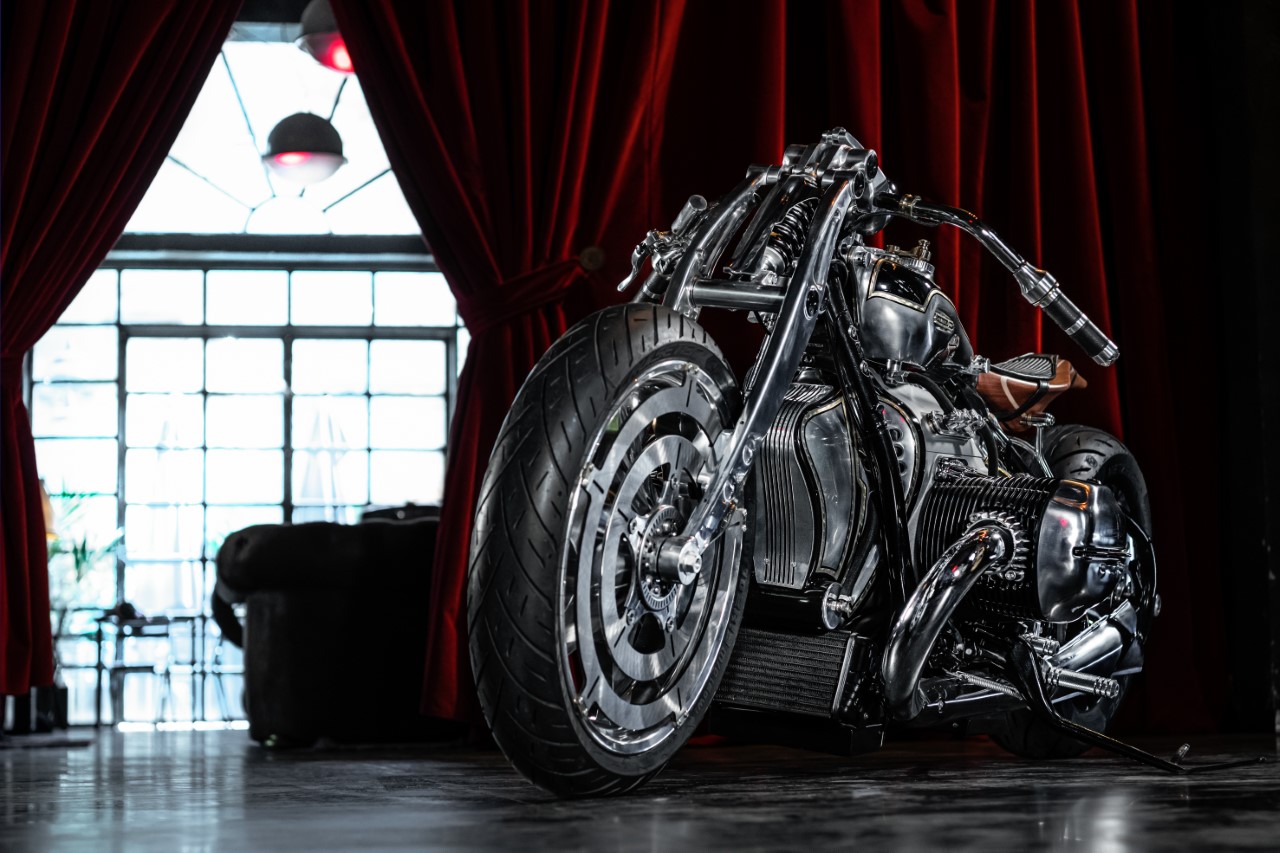
Inspired by the BMW bikes of the 30s and 40s, Andrea Radaelli of Radikal Chopper got to work on this beauty the old-fashioned way. His idea first started out as a paper sketch and then progressed to prototyping entirely by hand. This BMW R 18 custom build is made entirely from hand-machined and finished aluminum, with a handmade wooden seat to match… and that aesthetic? That 1930s art-deco steampunk-ish vibe isn’t an accident – Radaelli toon inspiration from the BMW R37, giving an ornate Ghostrider-meets-Mad-Max spin to his design, before promptly (and rather aptly) naming it the Magnifica.
10. Pantala Concept H electric VTOL
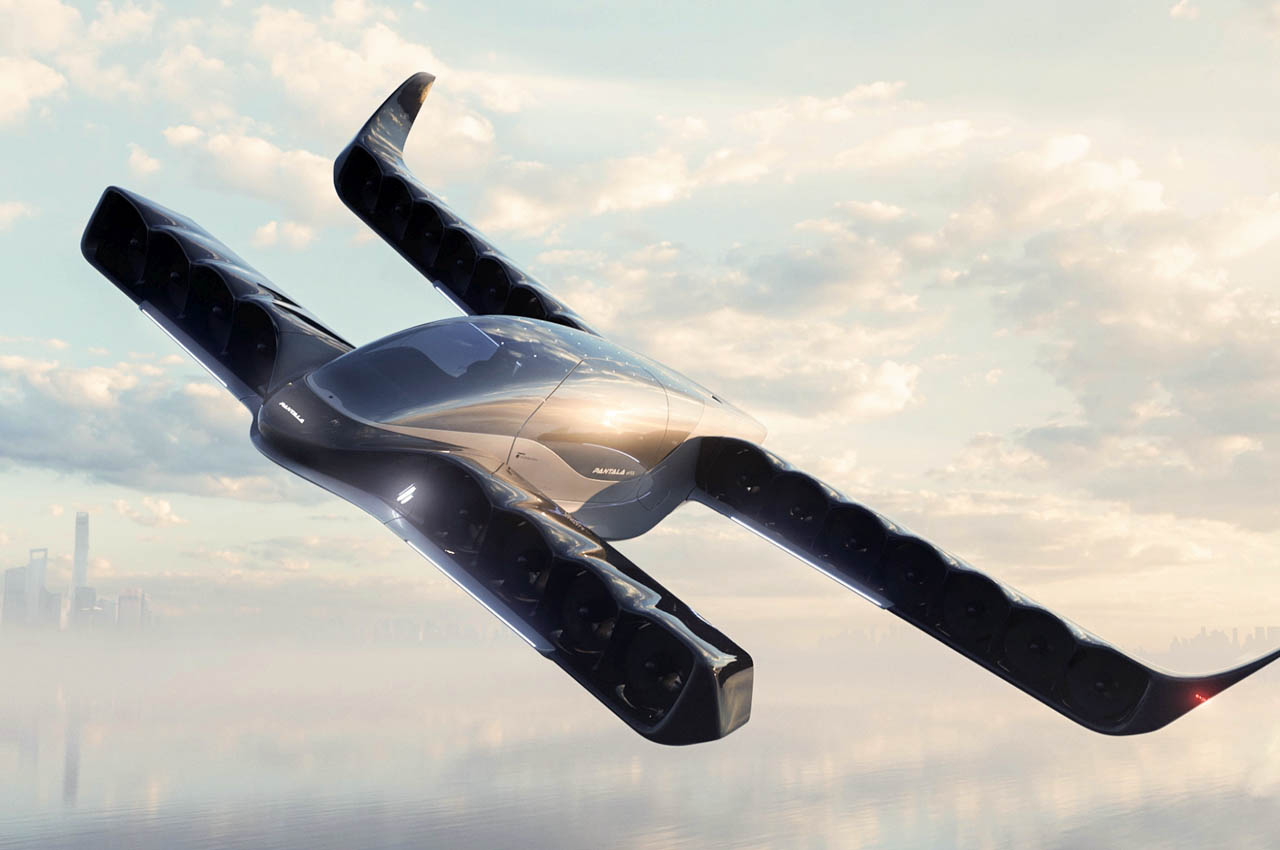
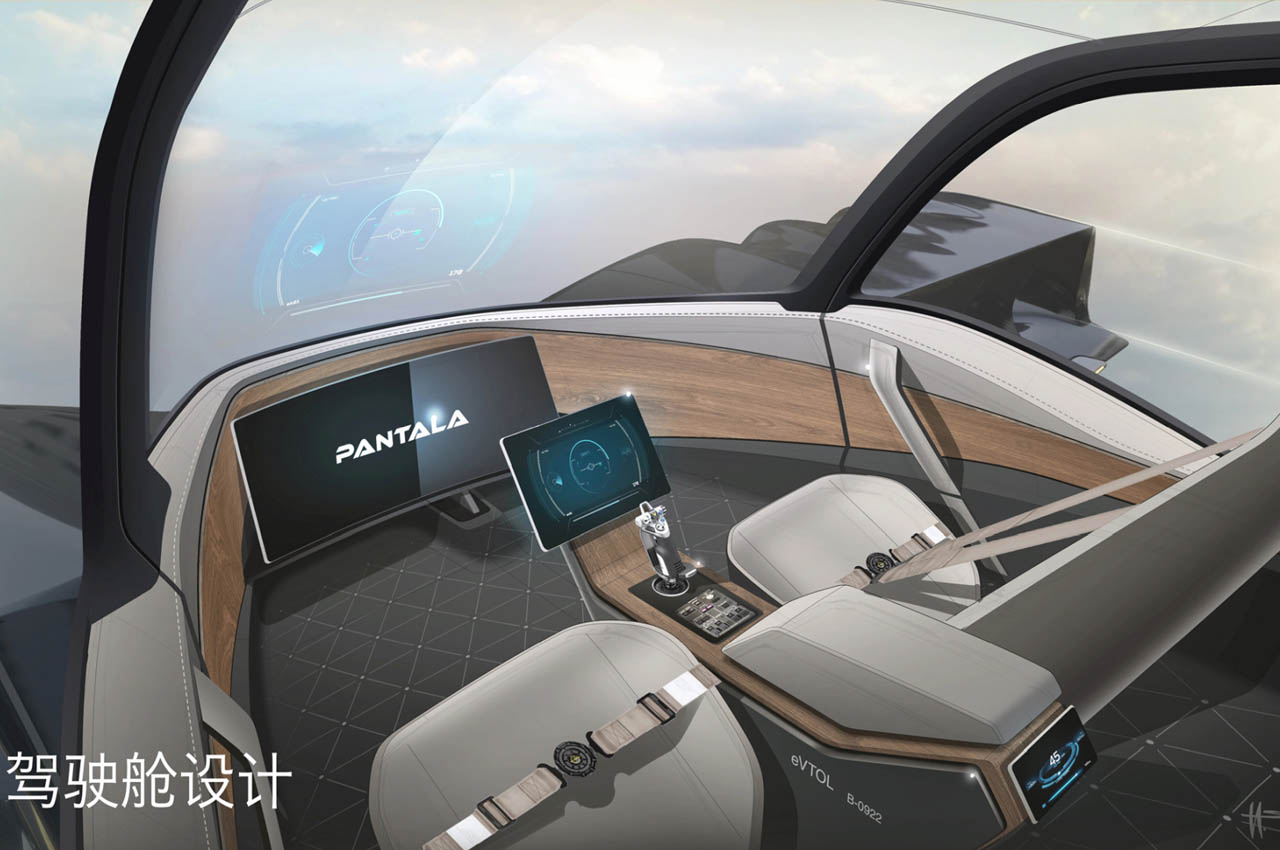
The autonomous Pantala Concept H electric VTOL passenger aircraft is capable of ferrying five people from one destination to the other at cruising speeds of 300 km/h. The flying machine has an estimated range of 250 km which falls right in the alley of practical eVTOLs proposed for the end of this decade. The futuristic ride has candard tilt wings – each one of them having large diameter ducted fans with foreplane. The front wings have four ducted fans while the rear wing gets seven. So, there are 20 ducted fans in total and 22 electric motors to propel the whole thing forward at impressive speeds. Safety is at the forefront here with the multi-redundant core integrated avionics and power systems at work. The ducted fans will considerably reduce the noise and maintenance costs which is another huge advantage.
The post Top 10 automotive designs of June 2022 first appeared on Yanko Design.
